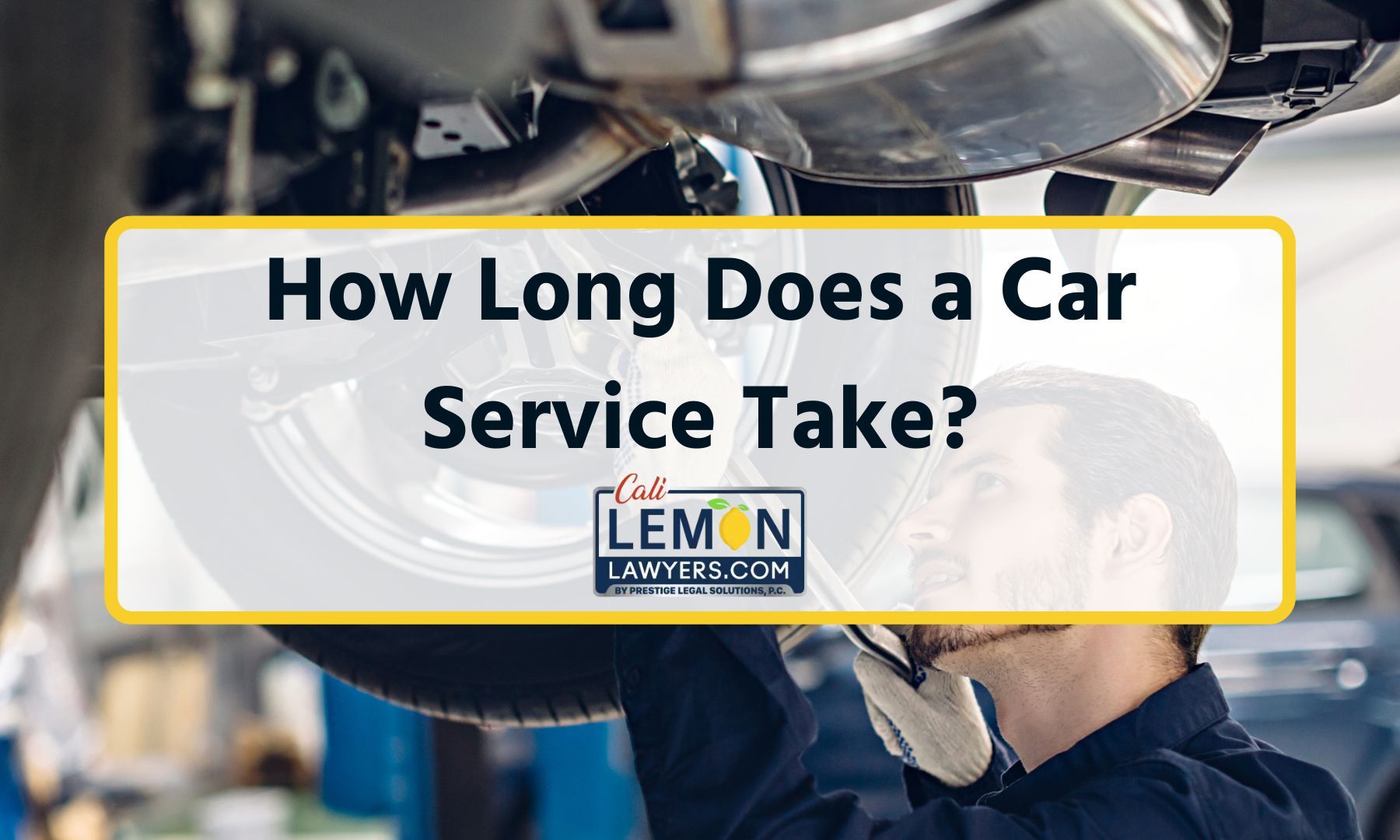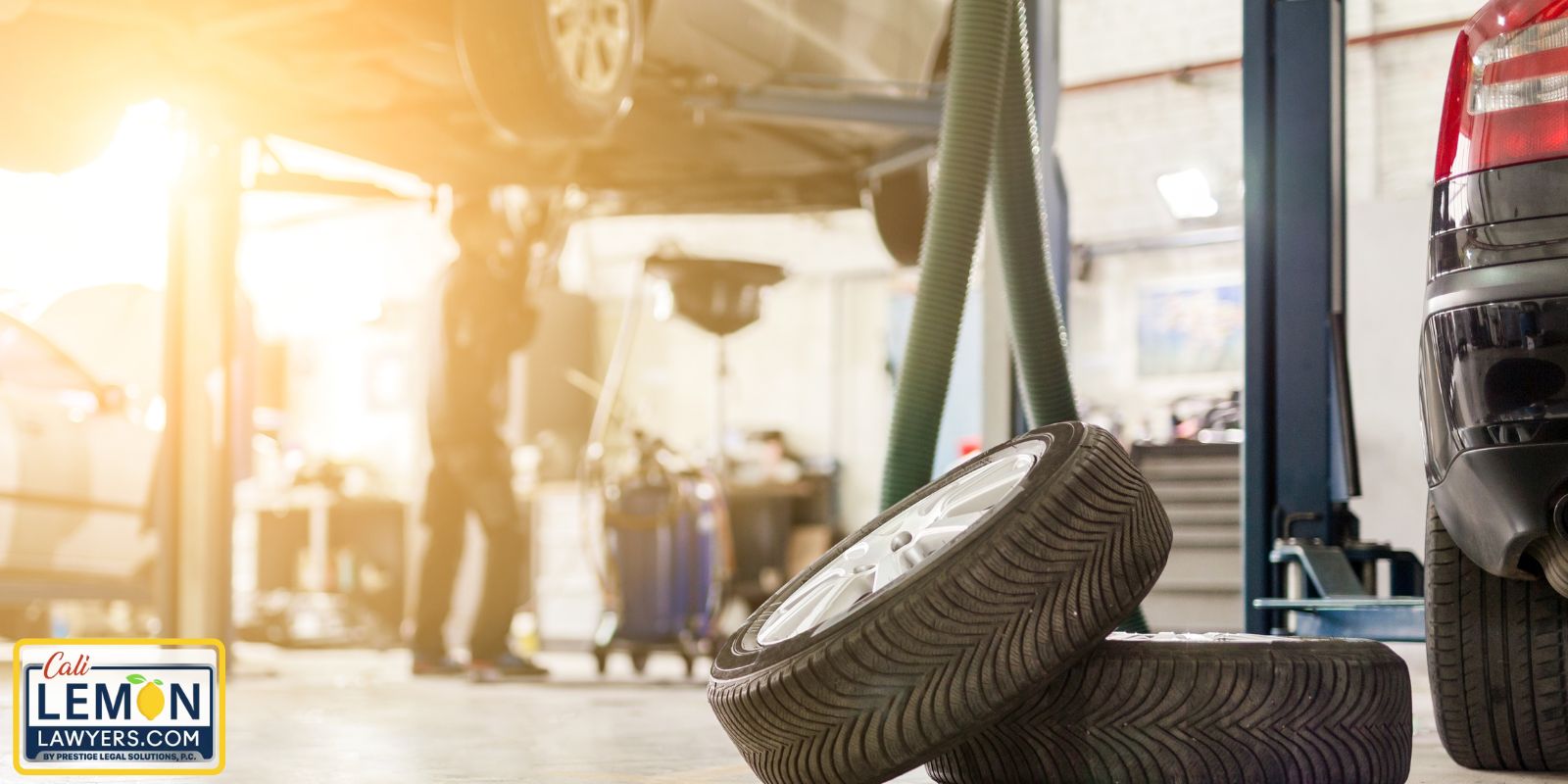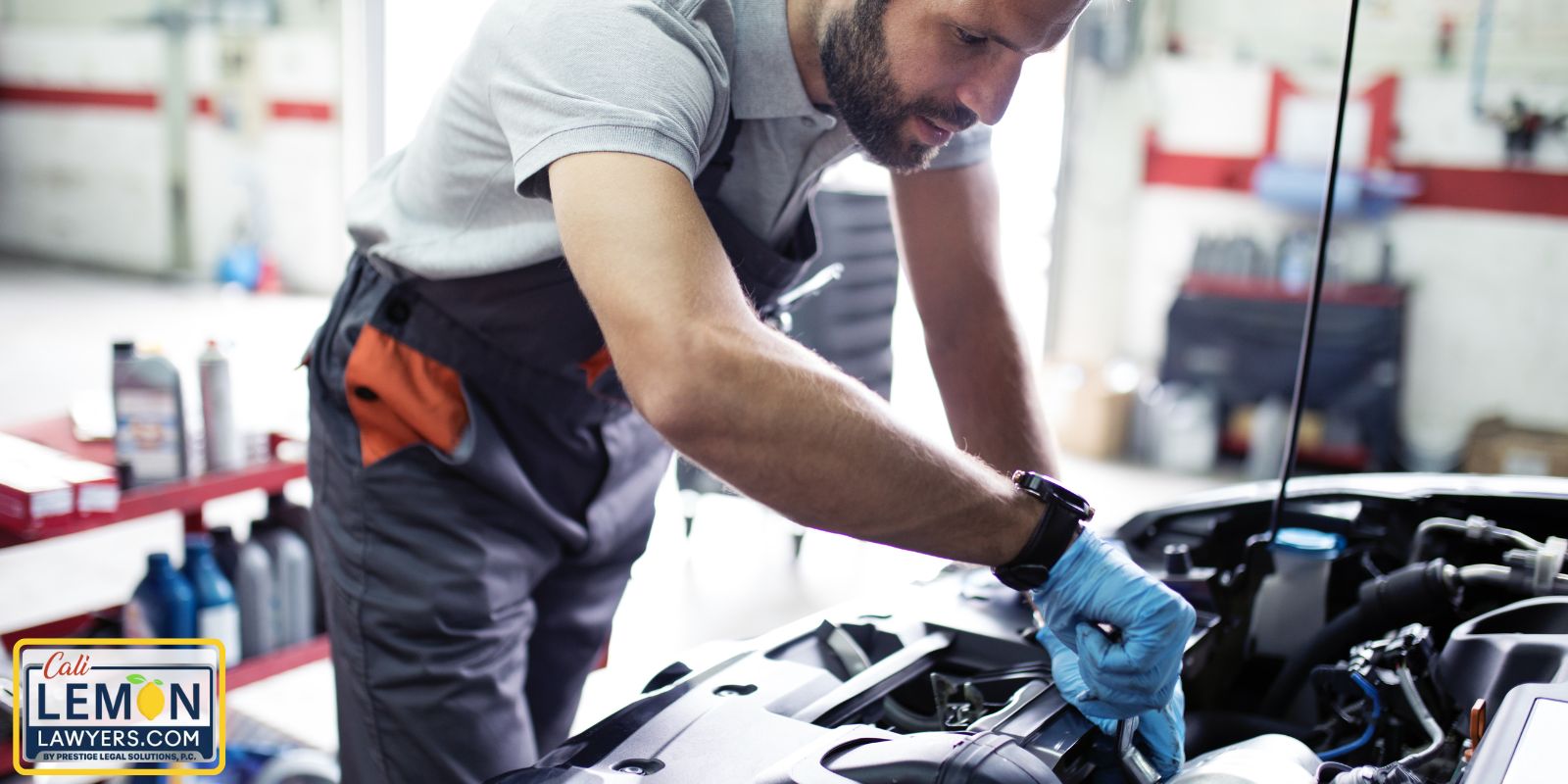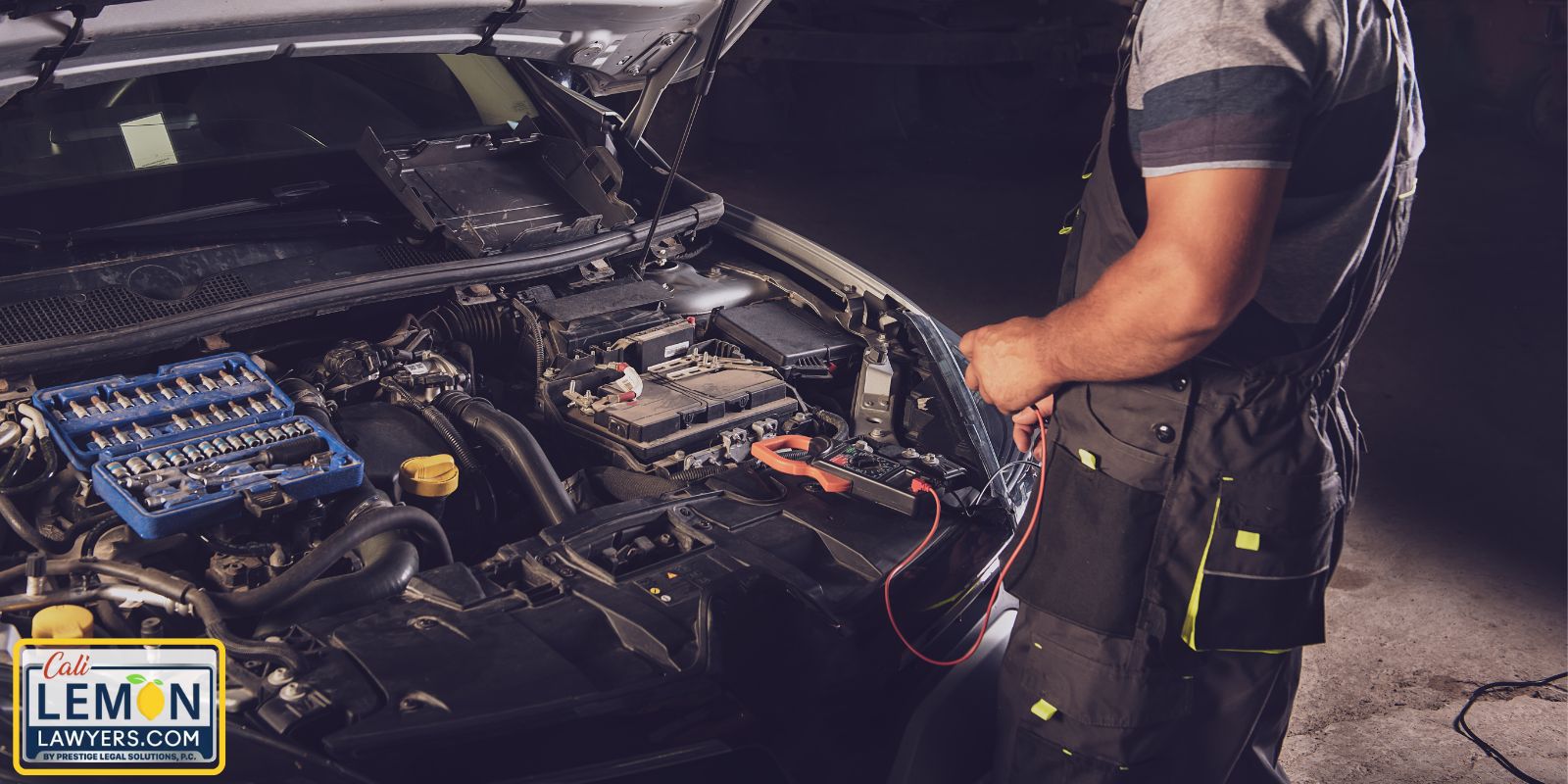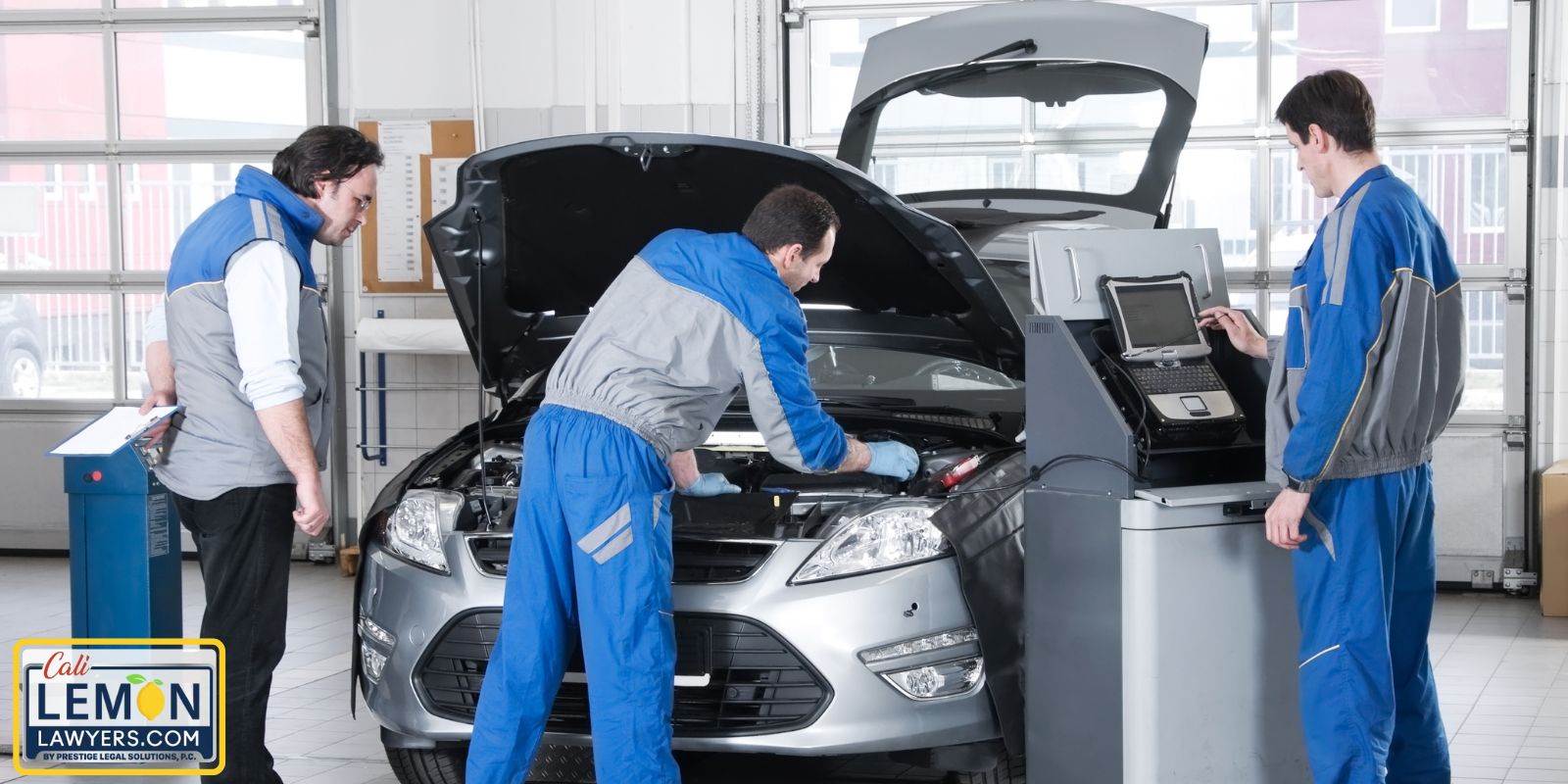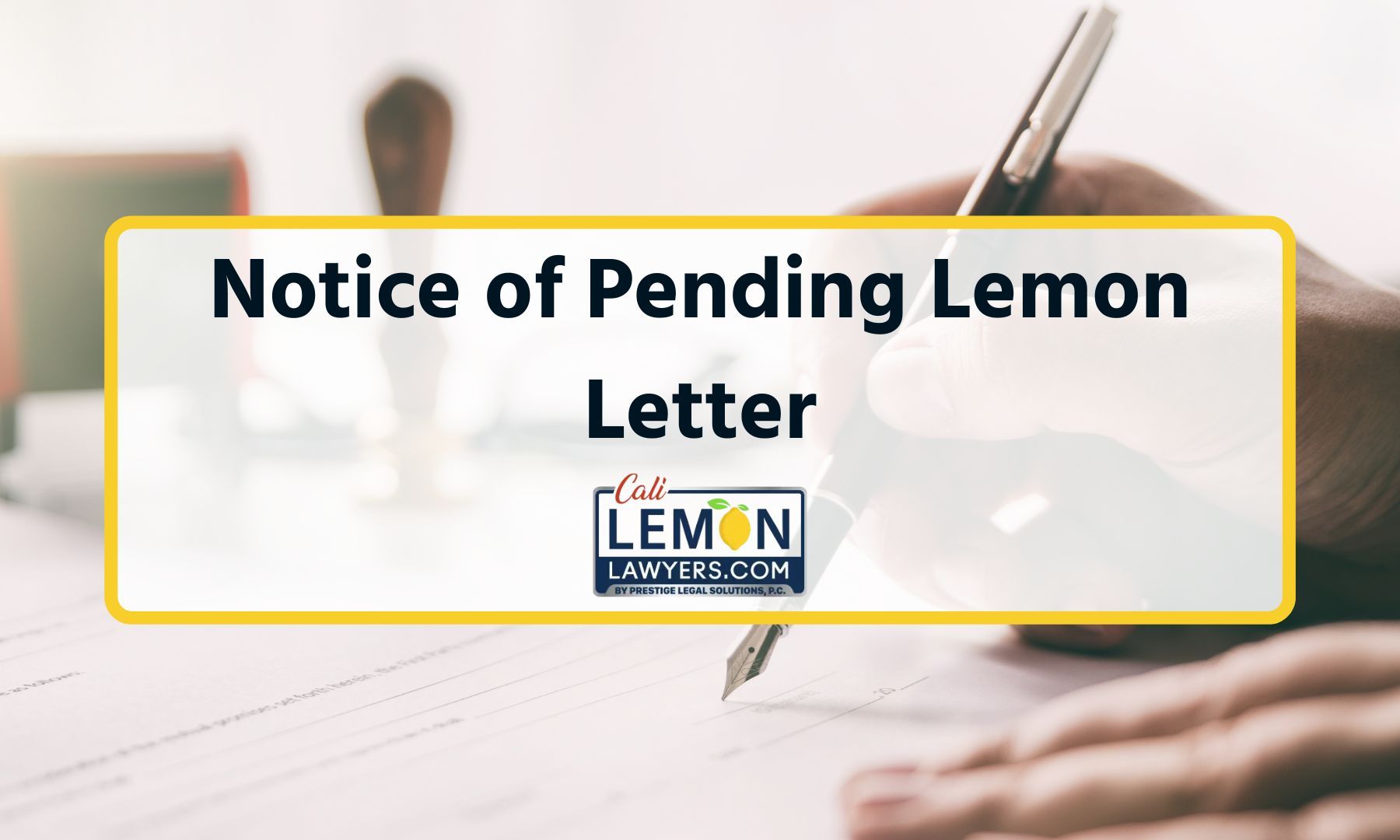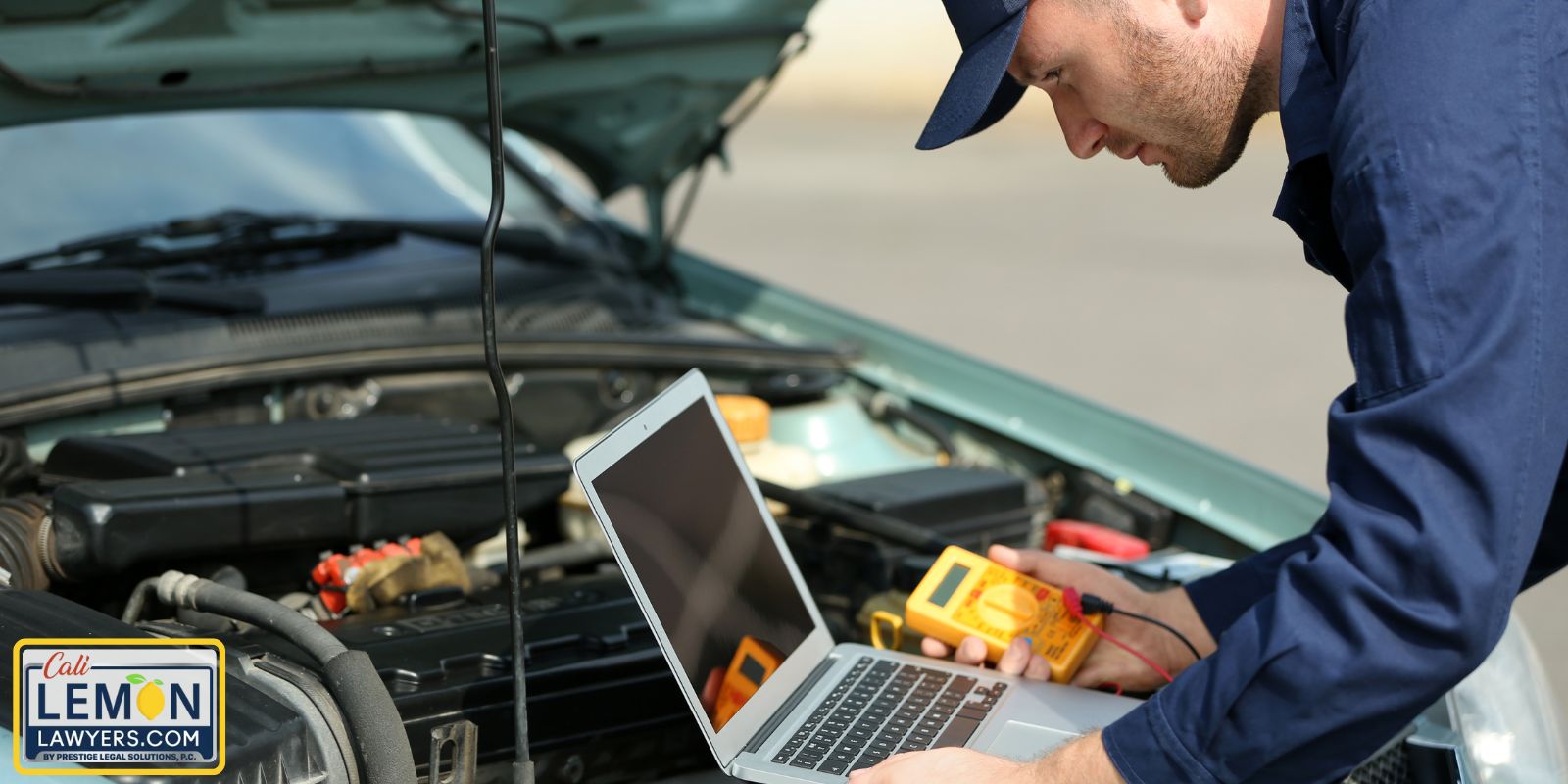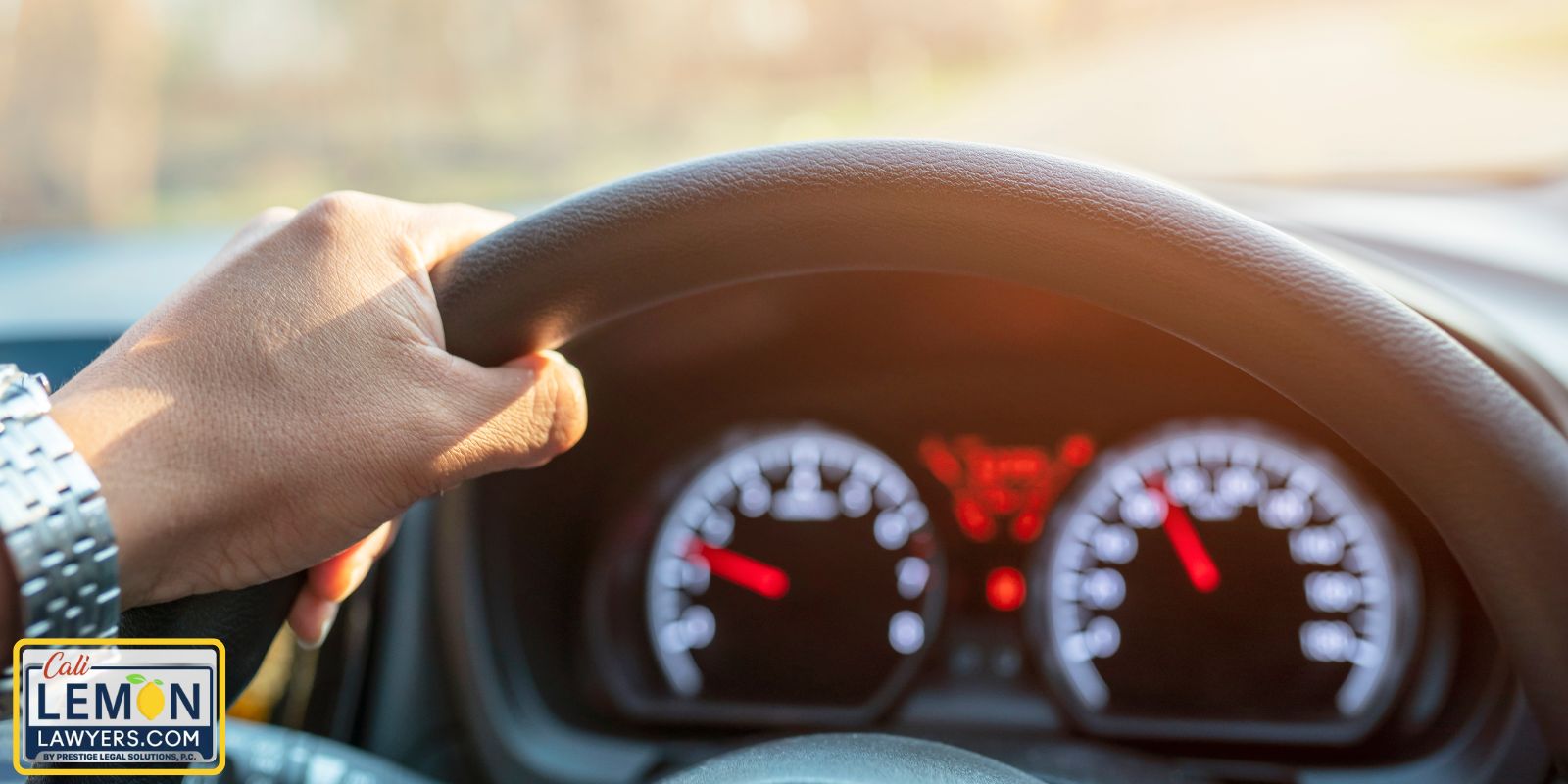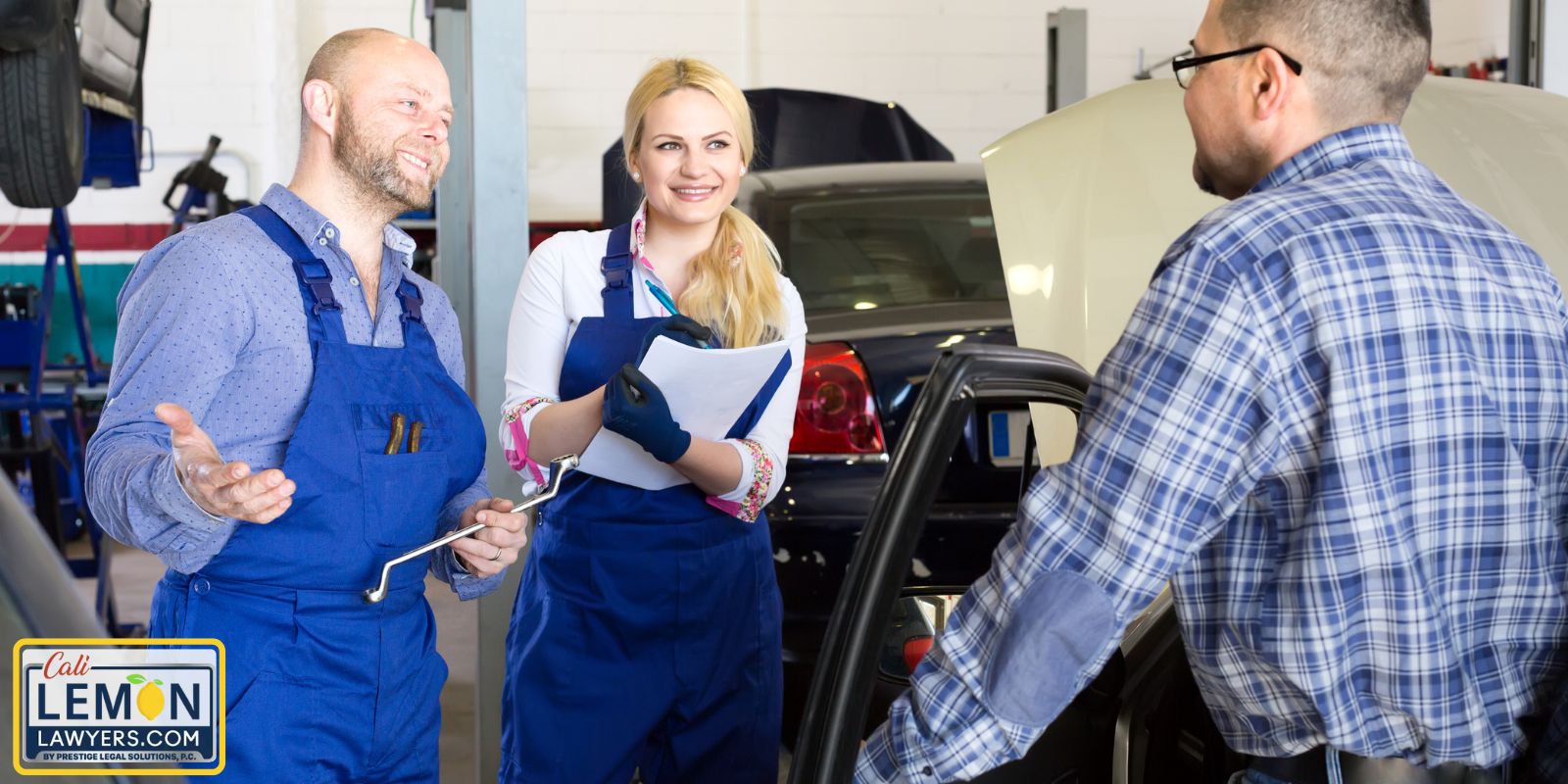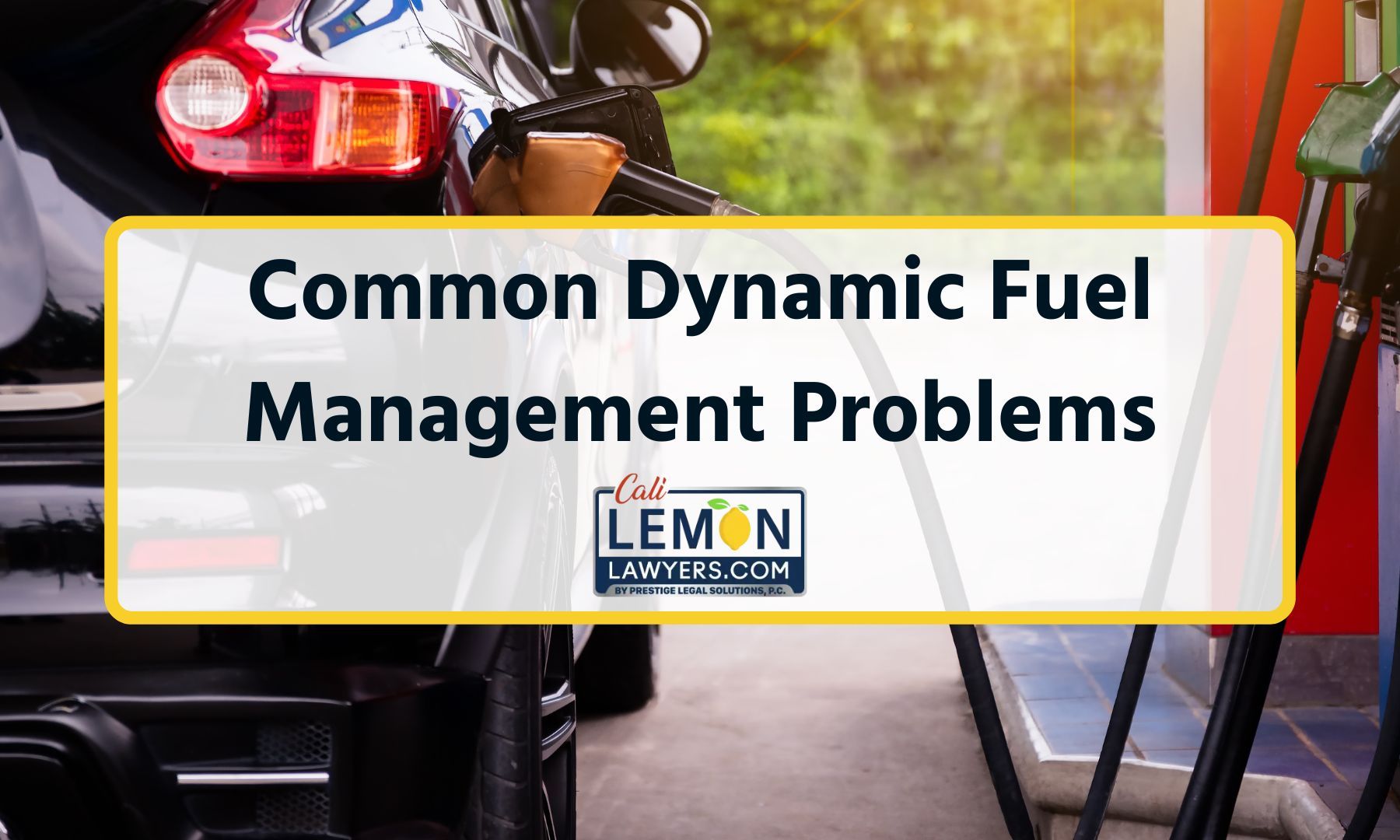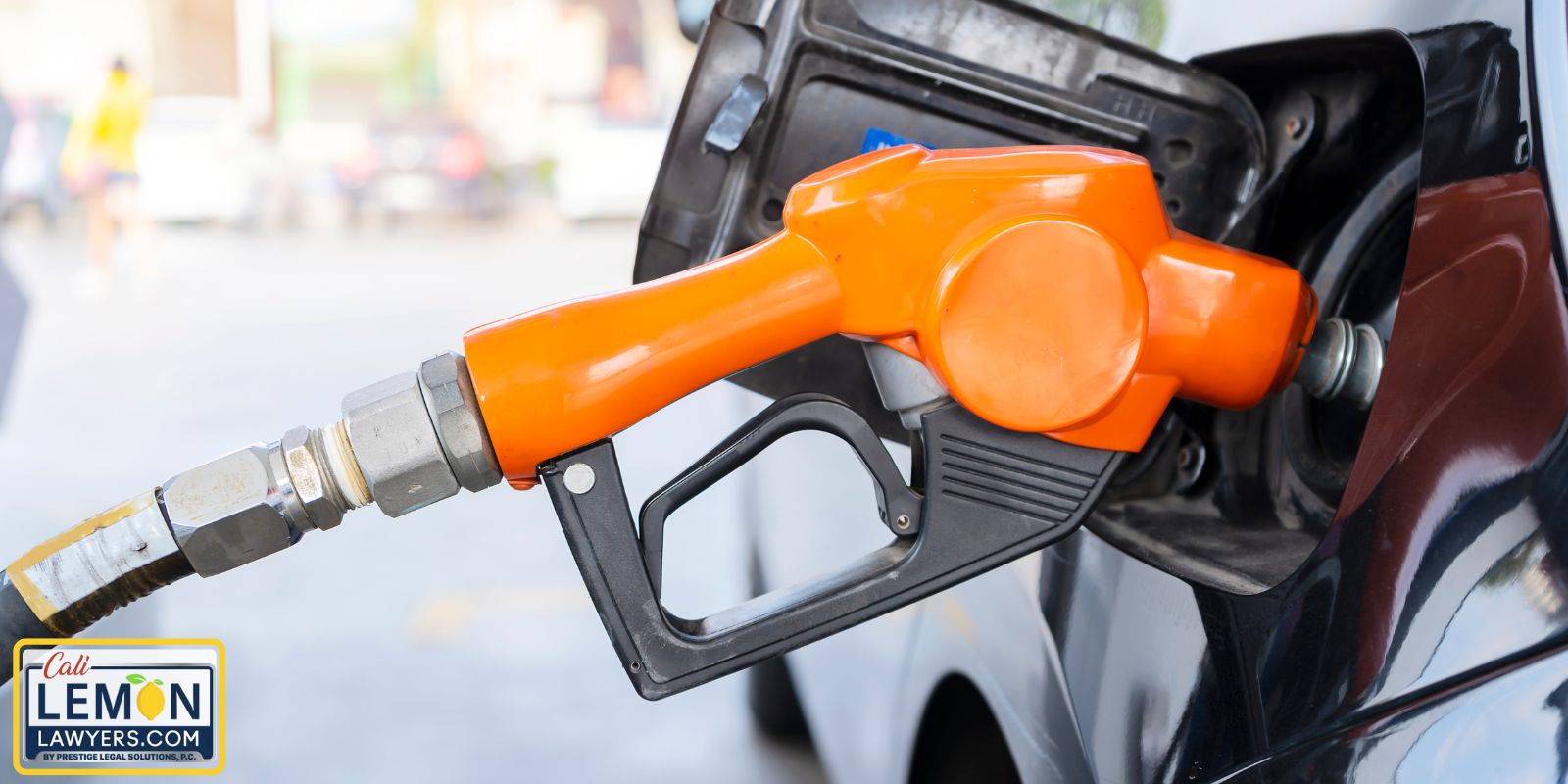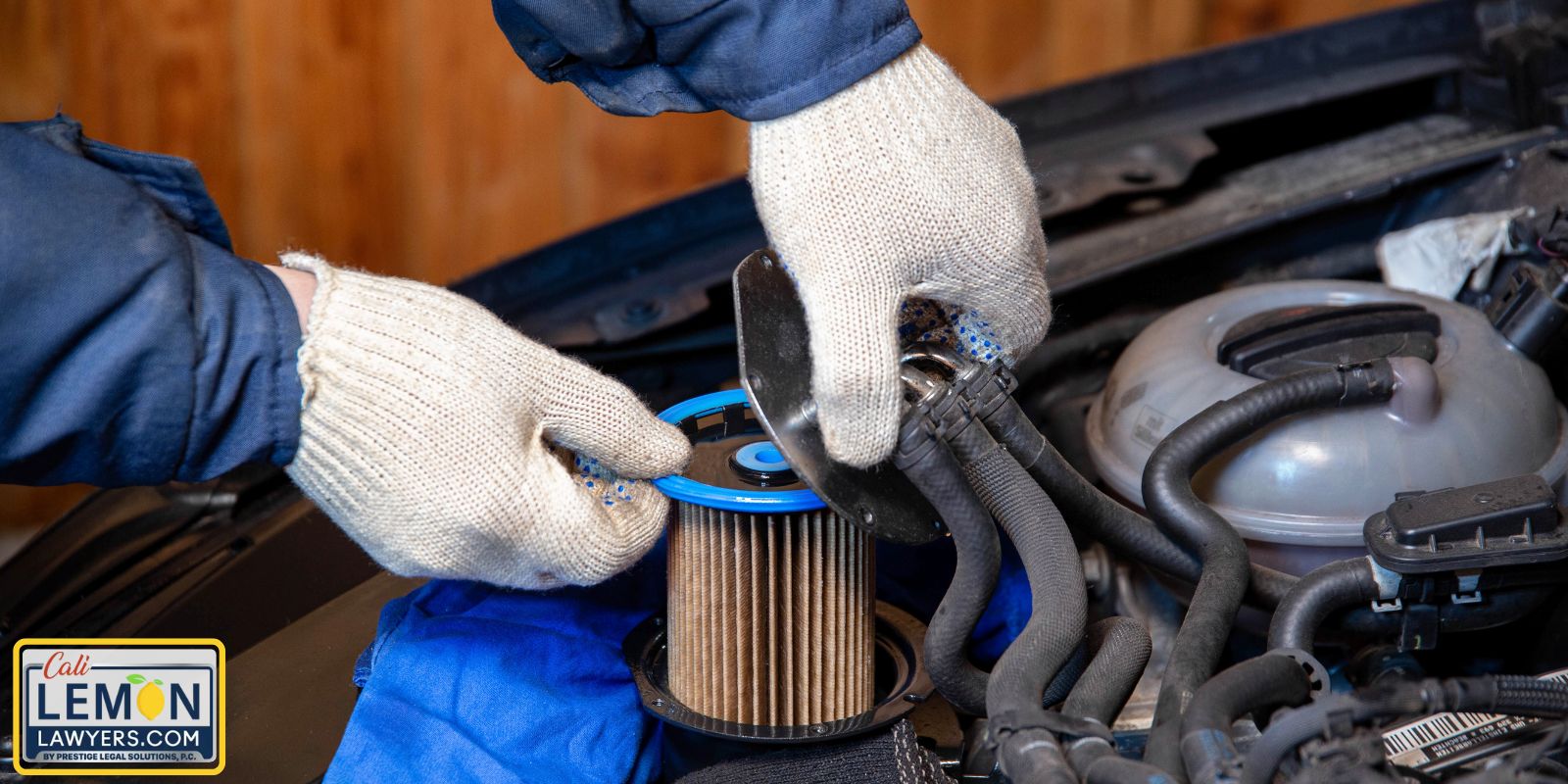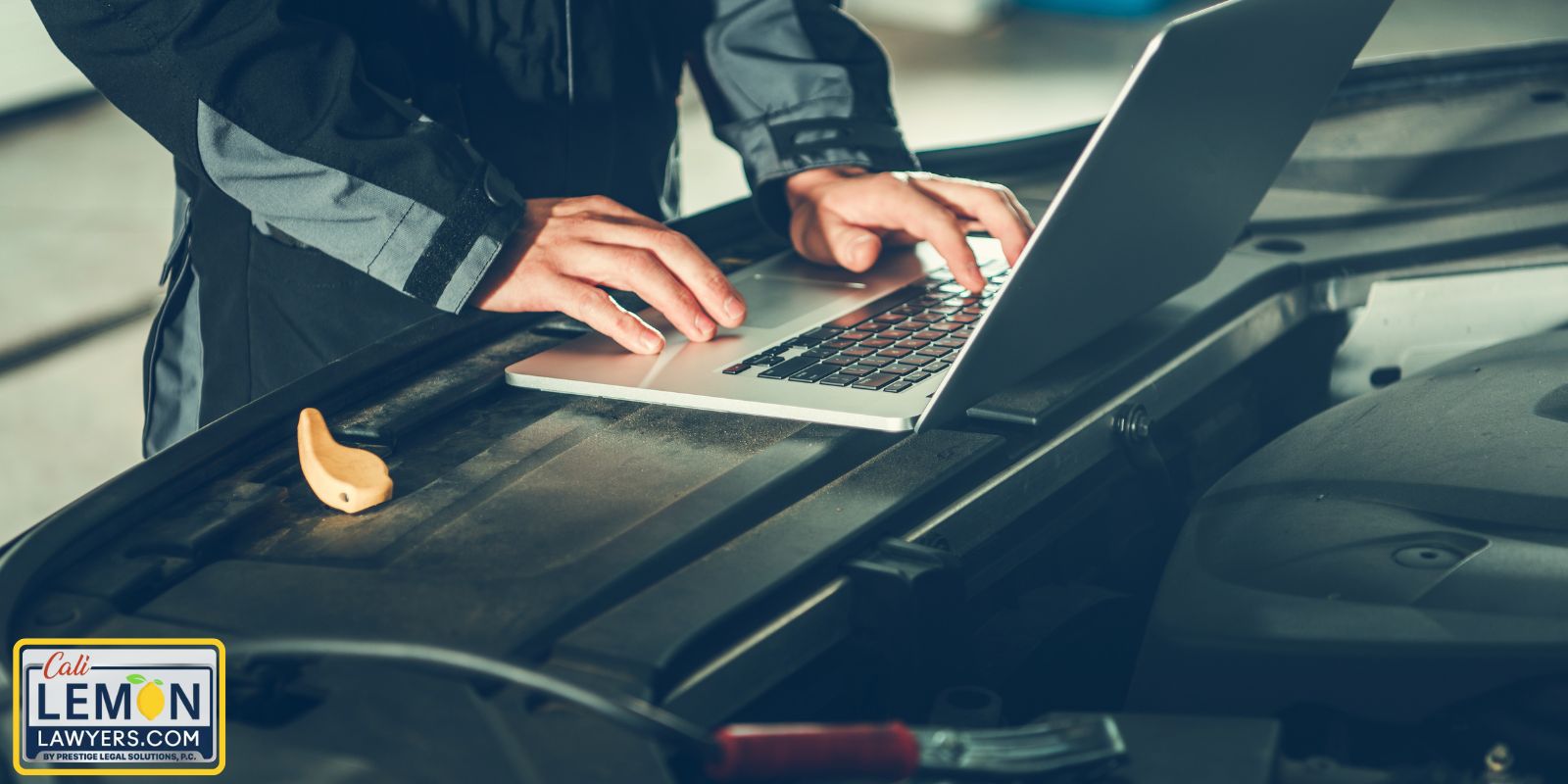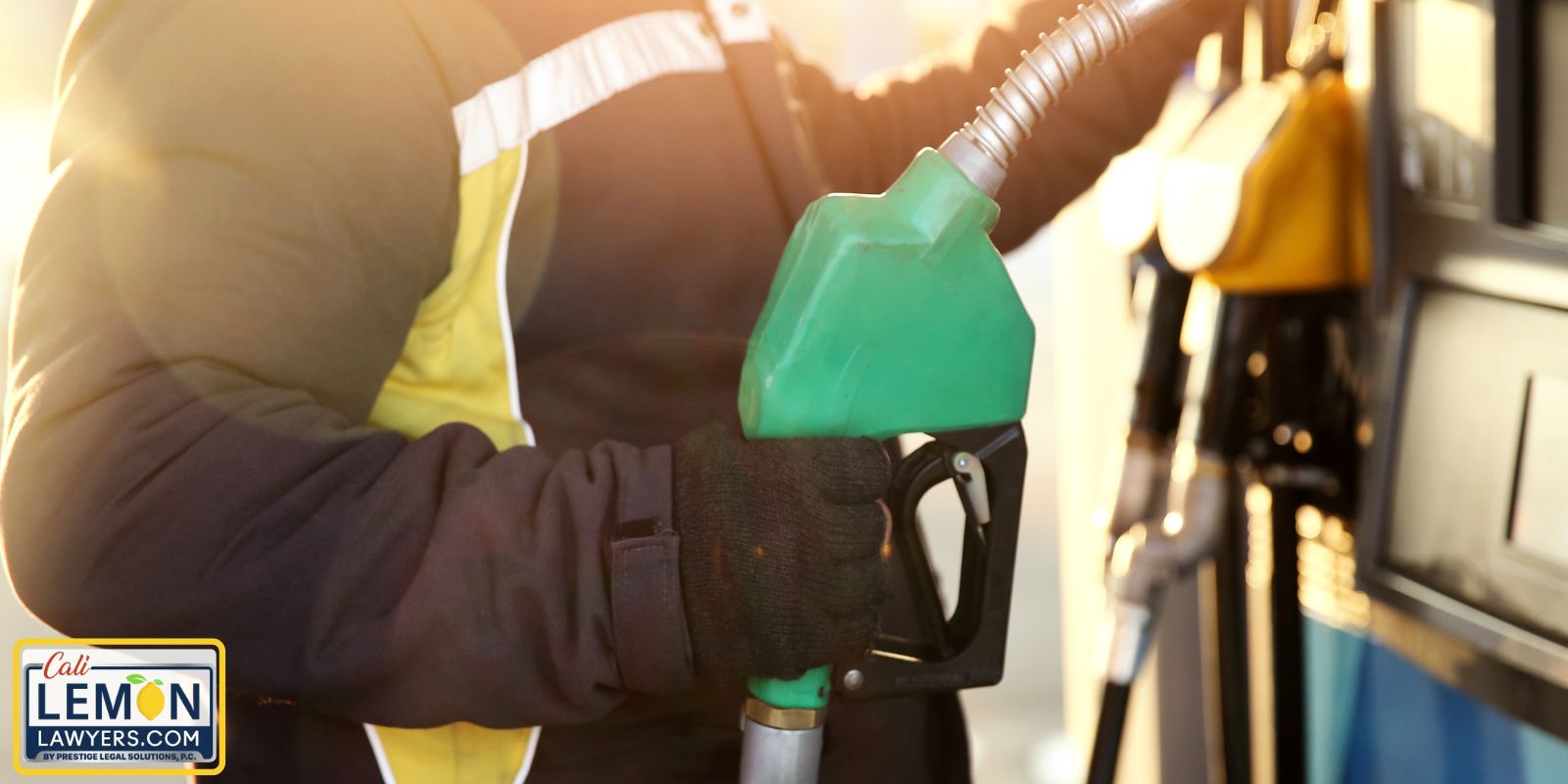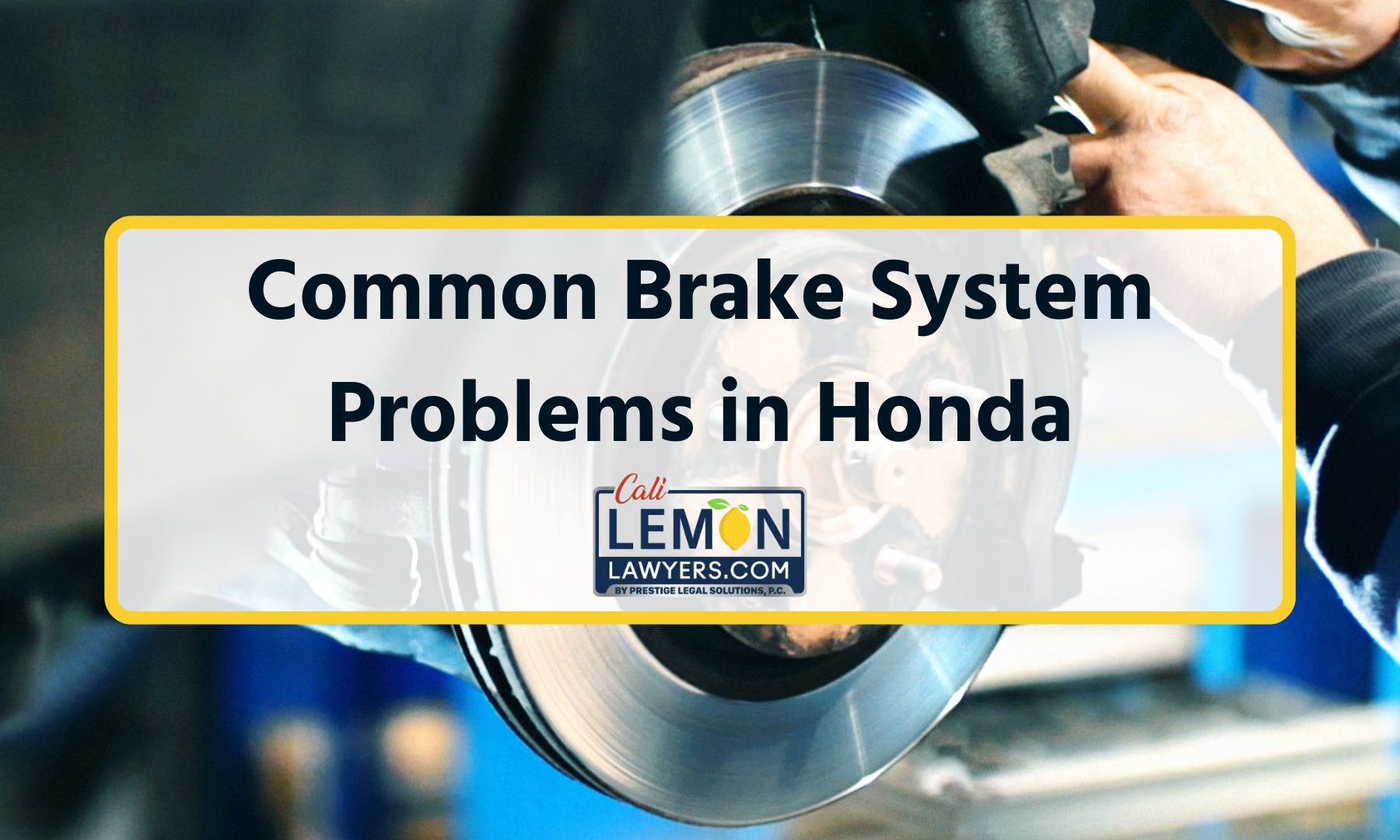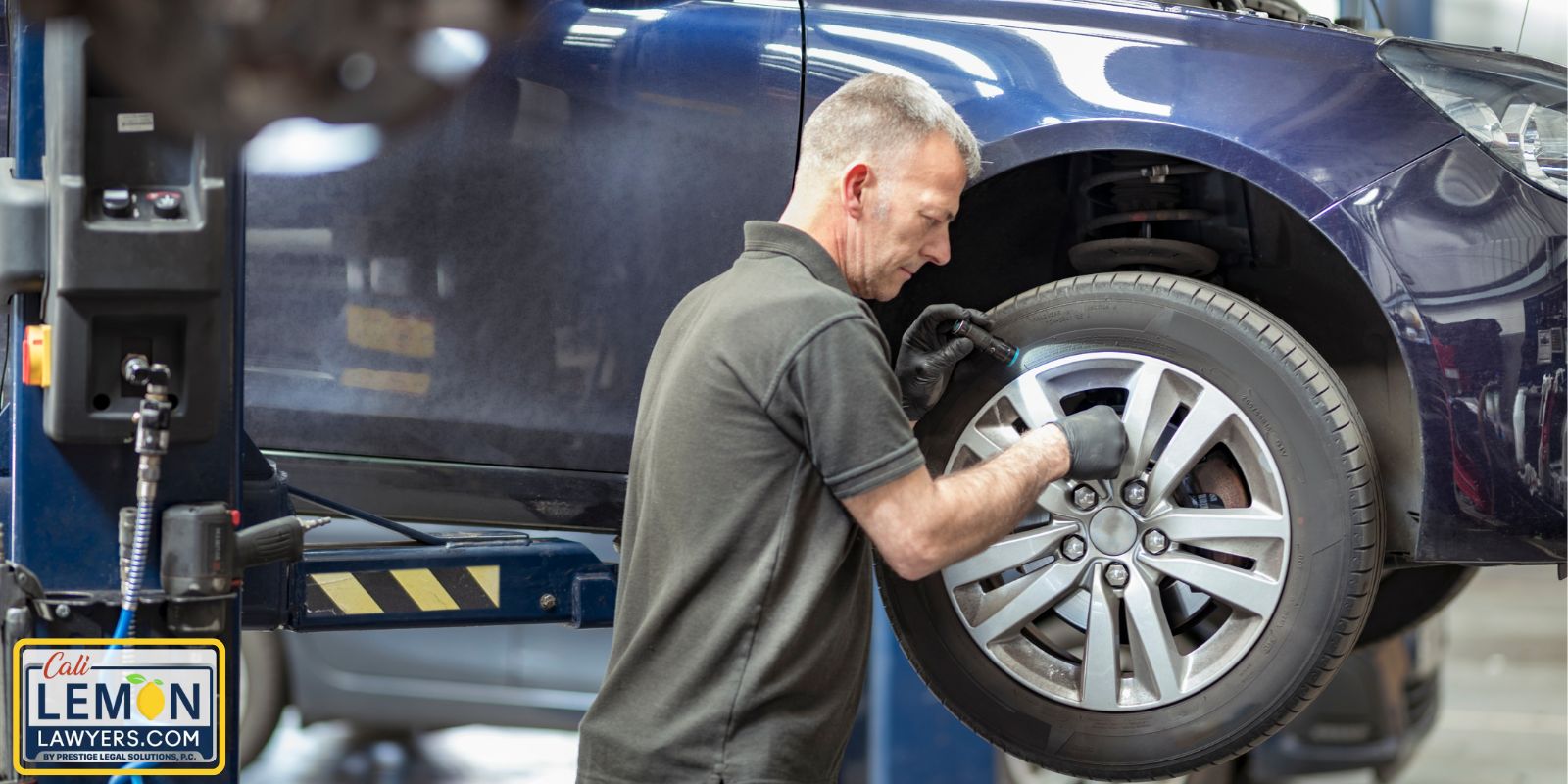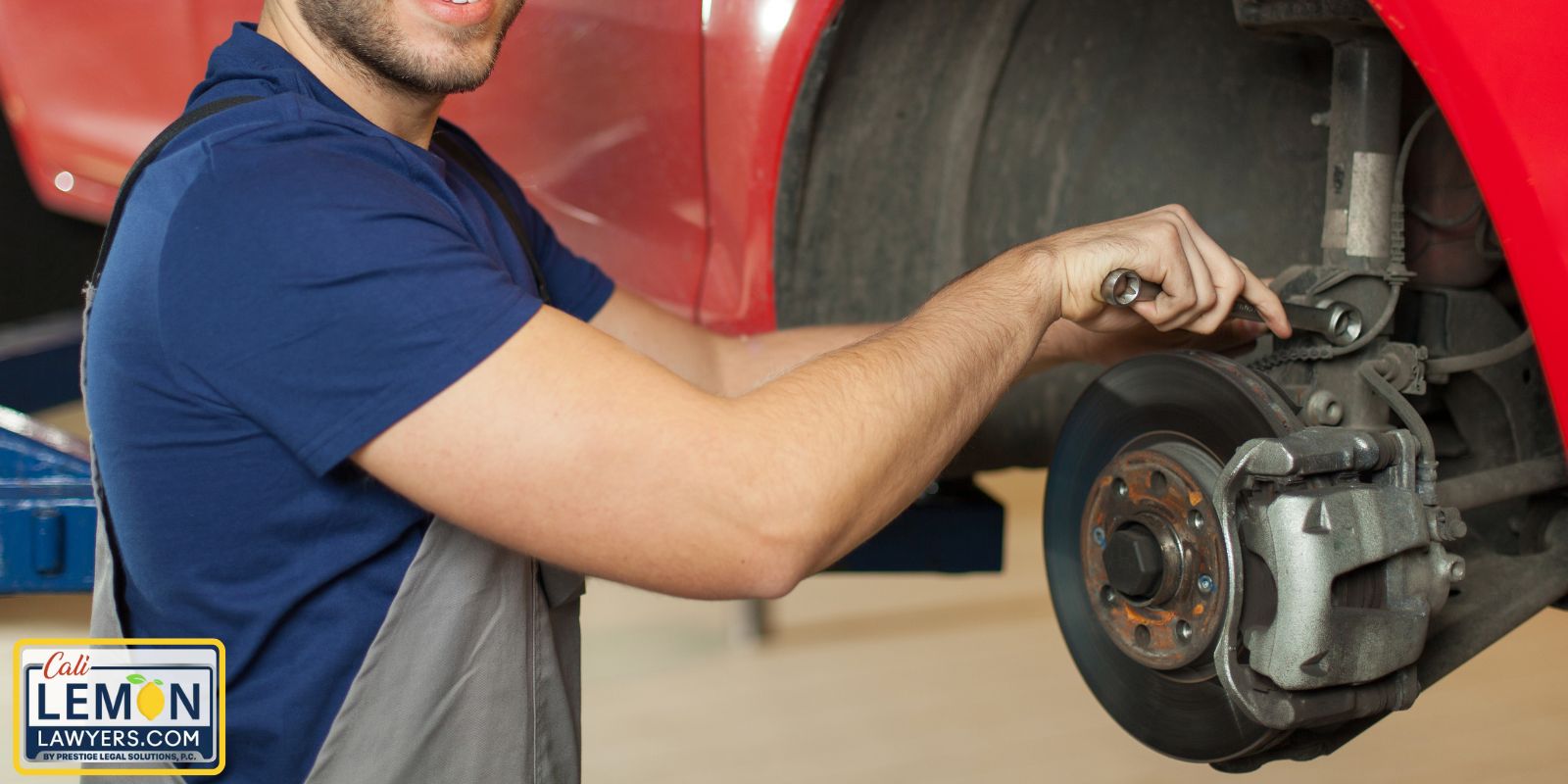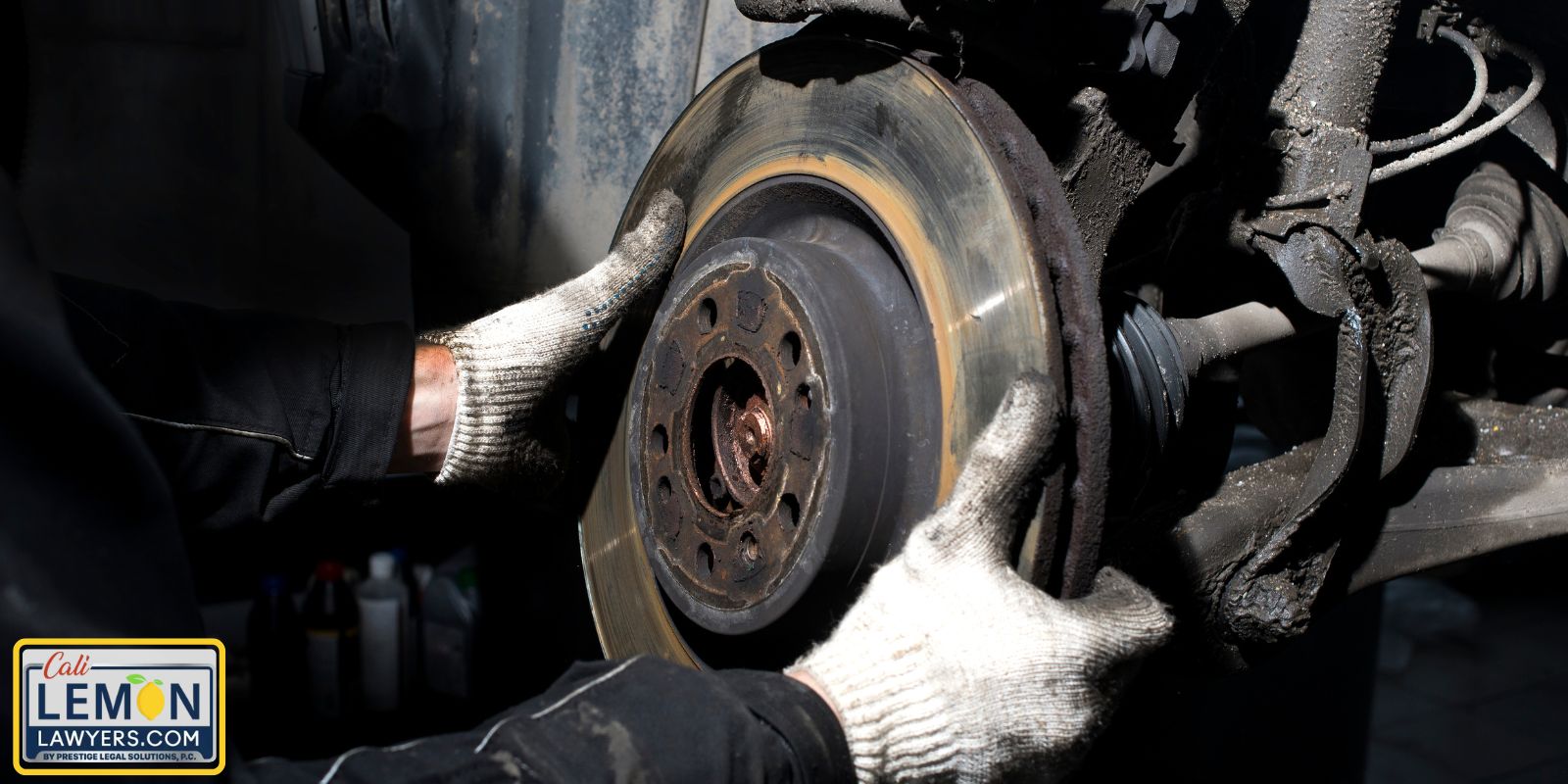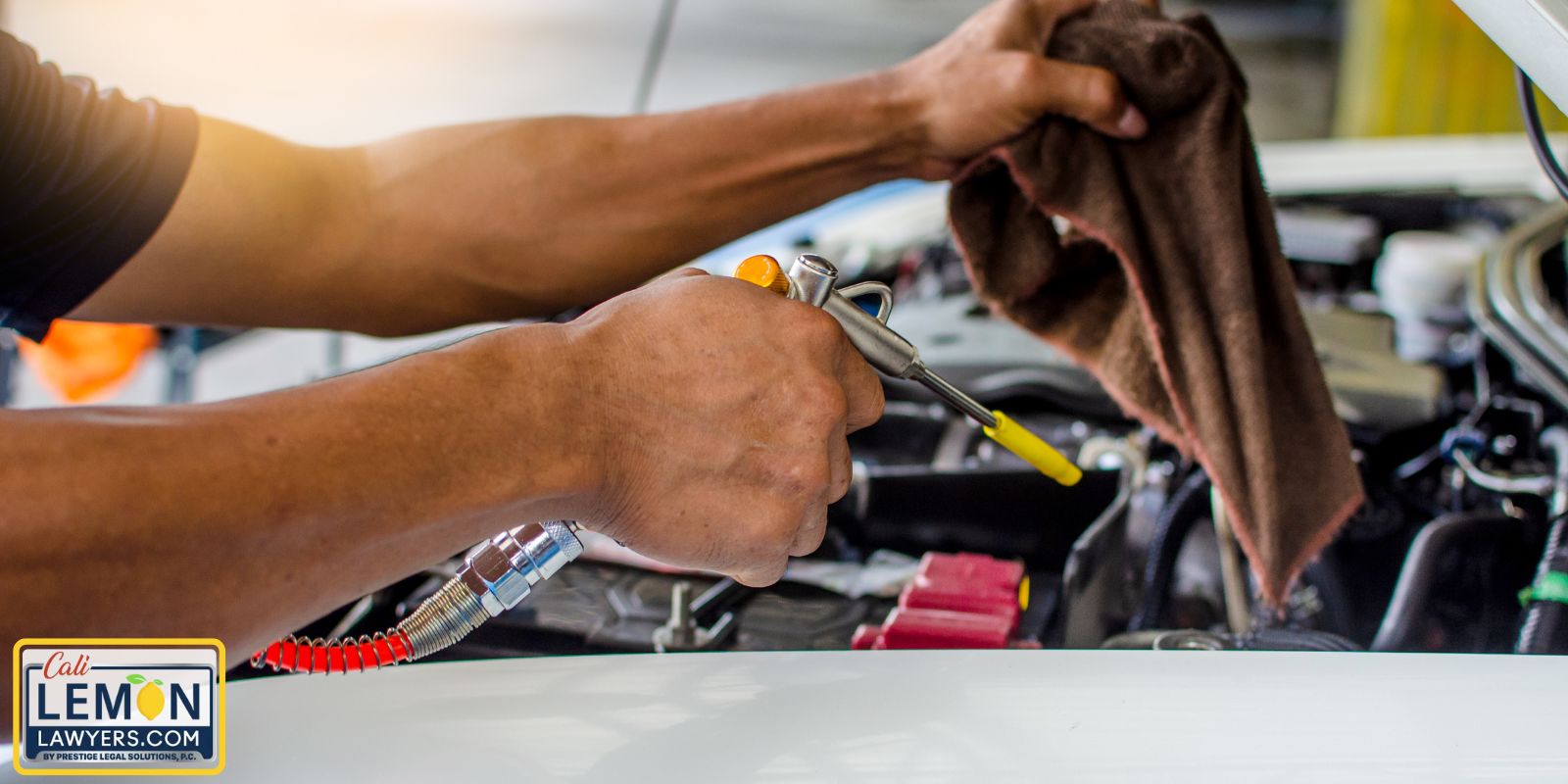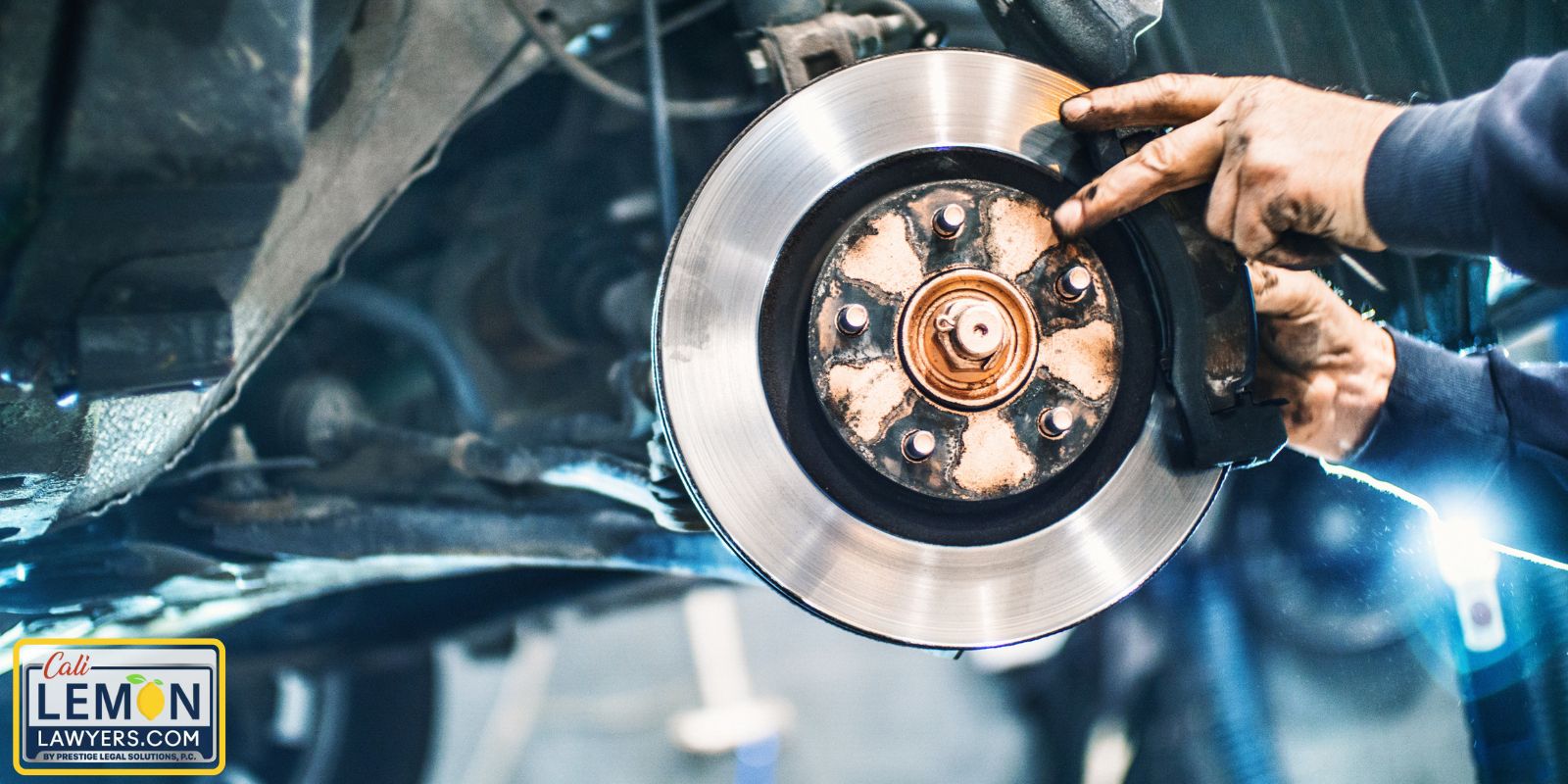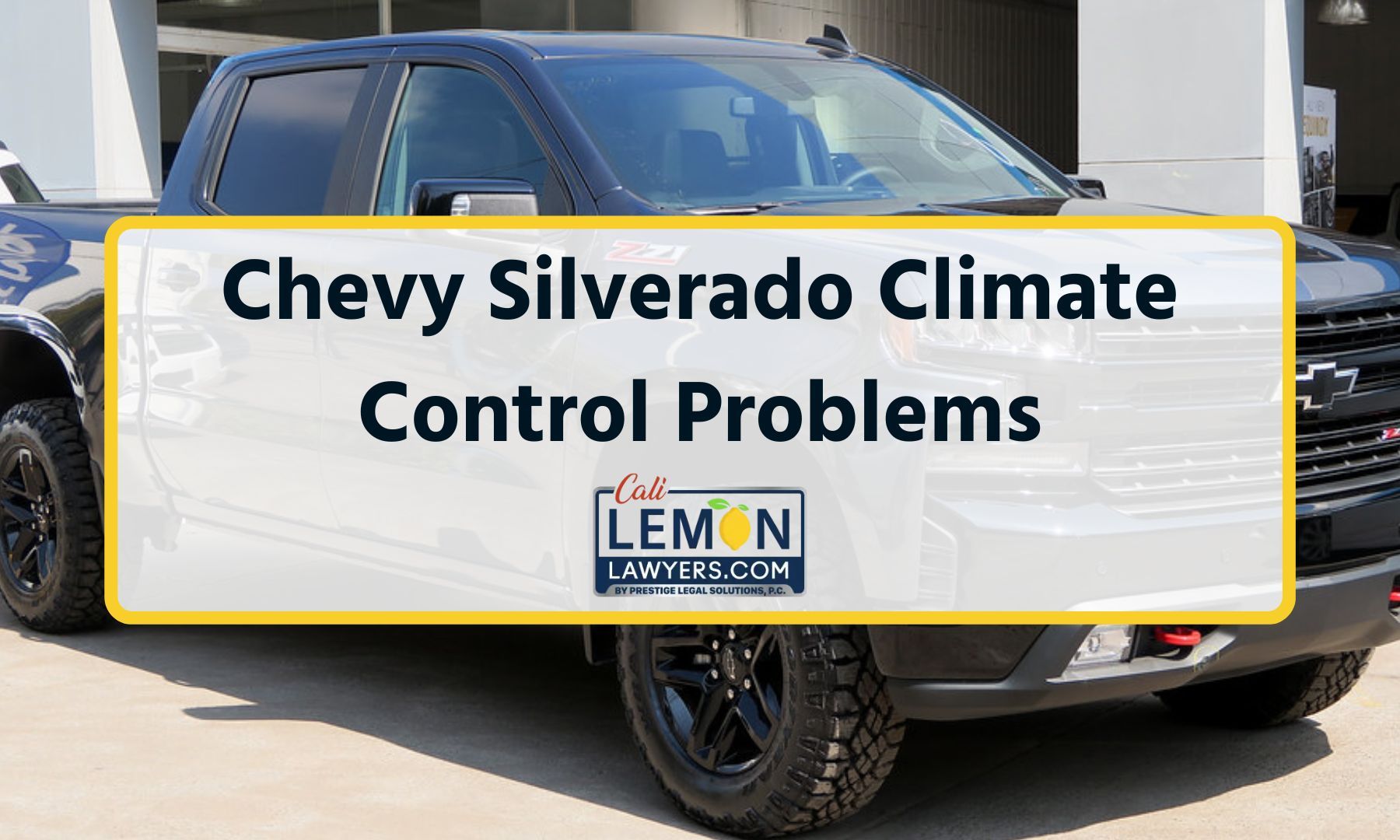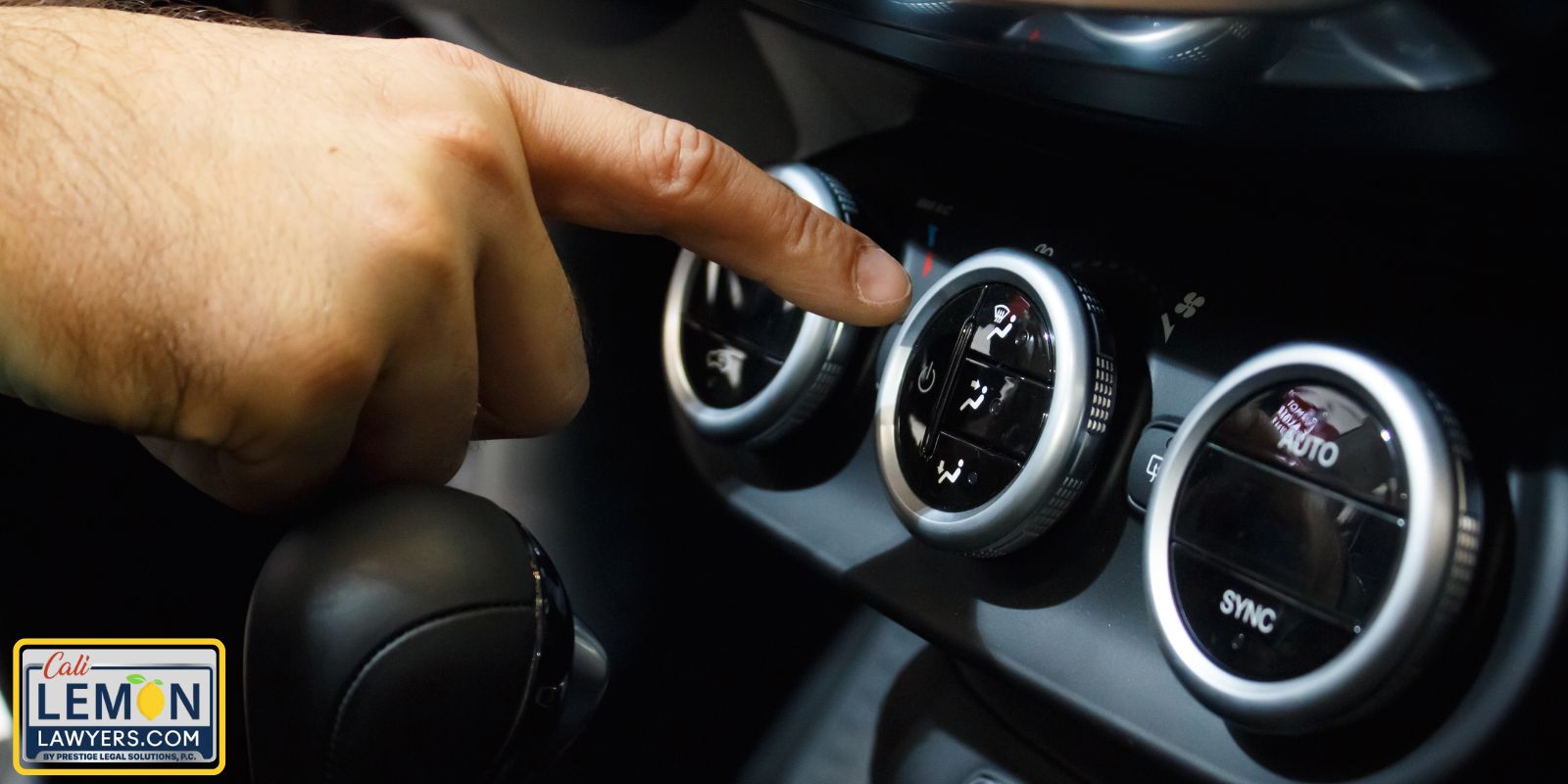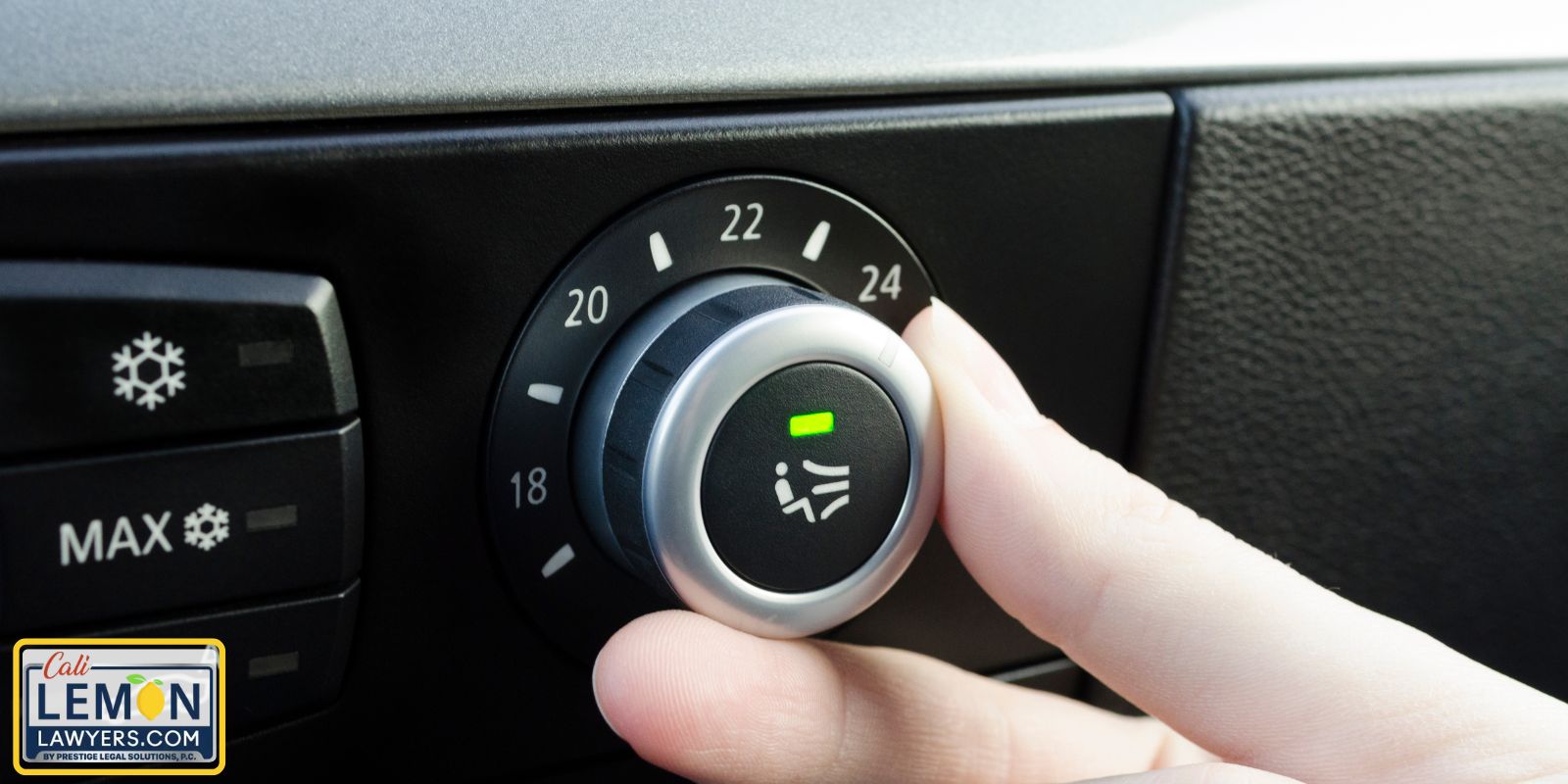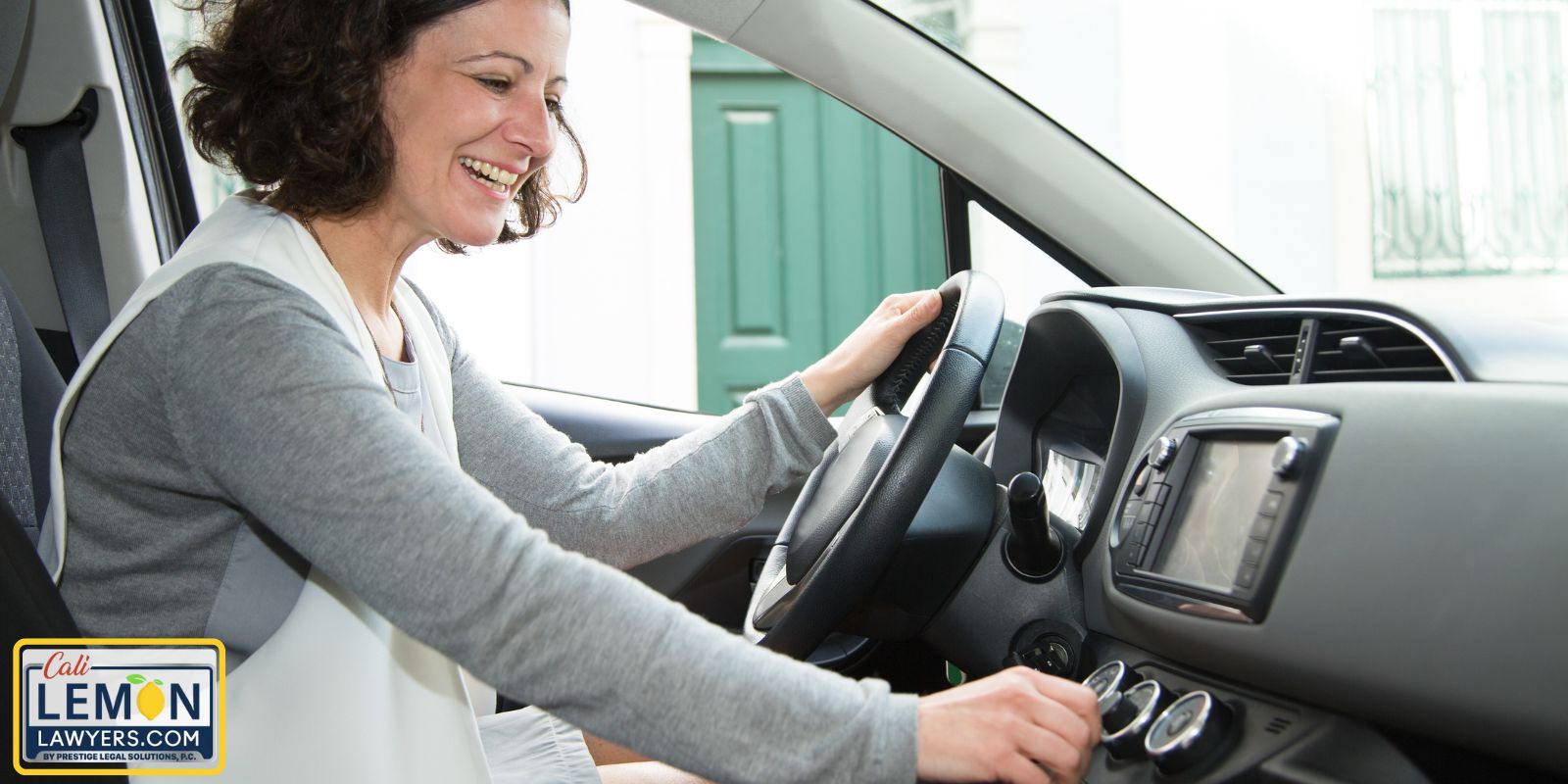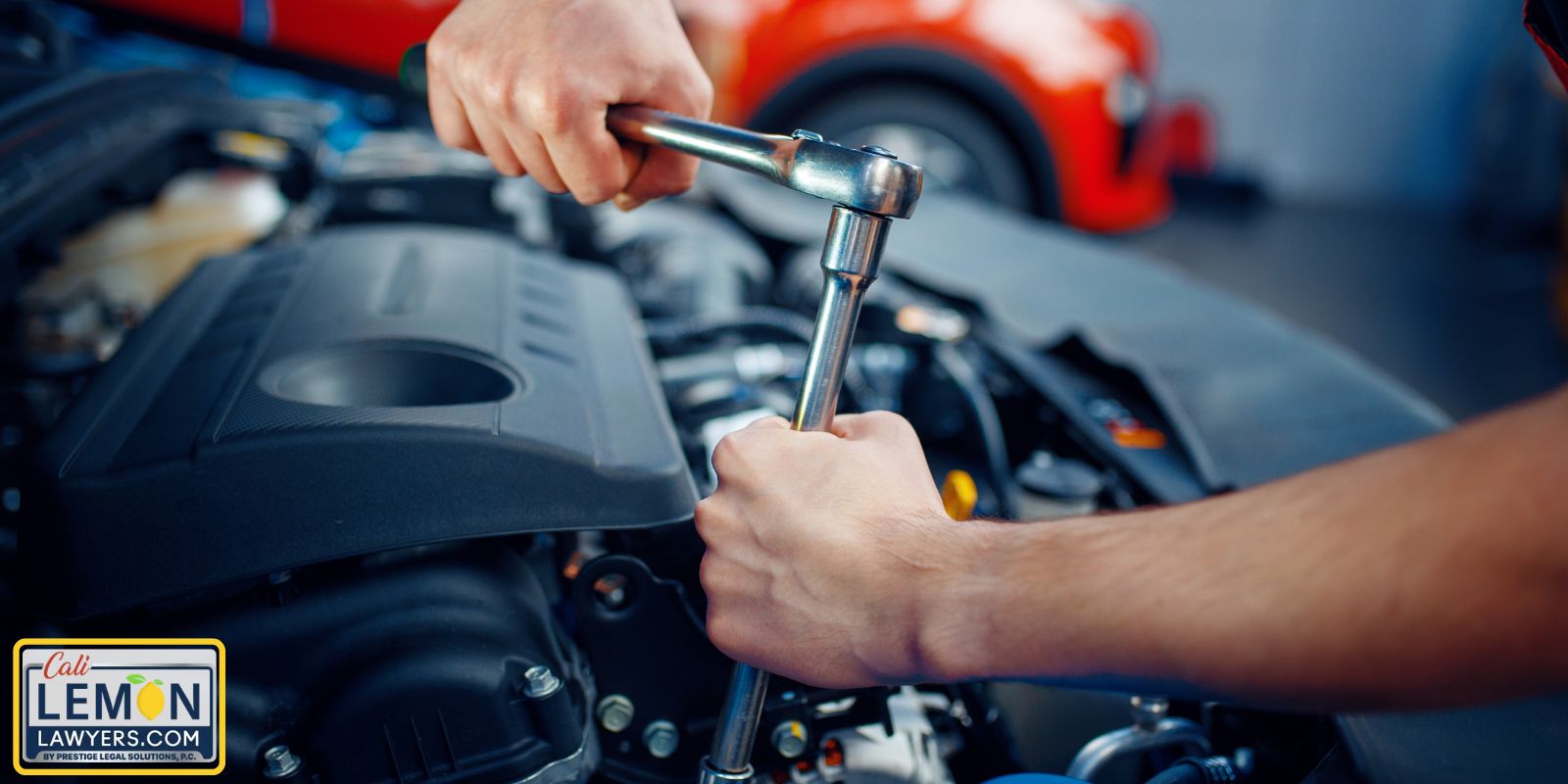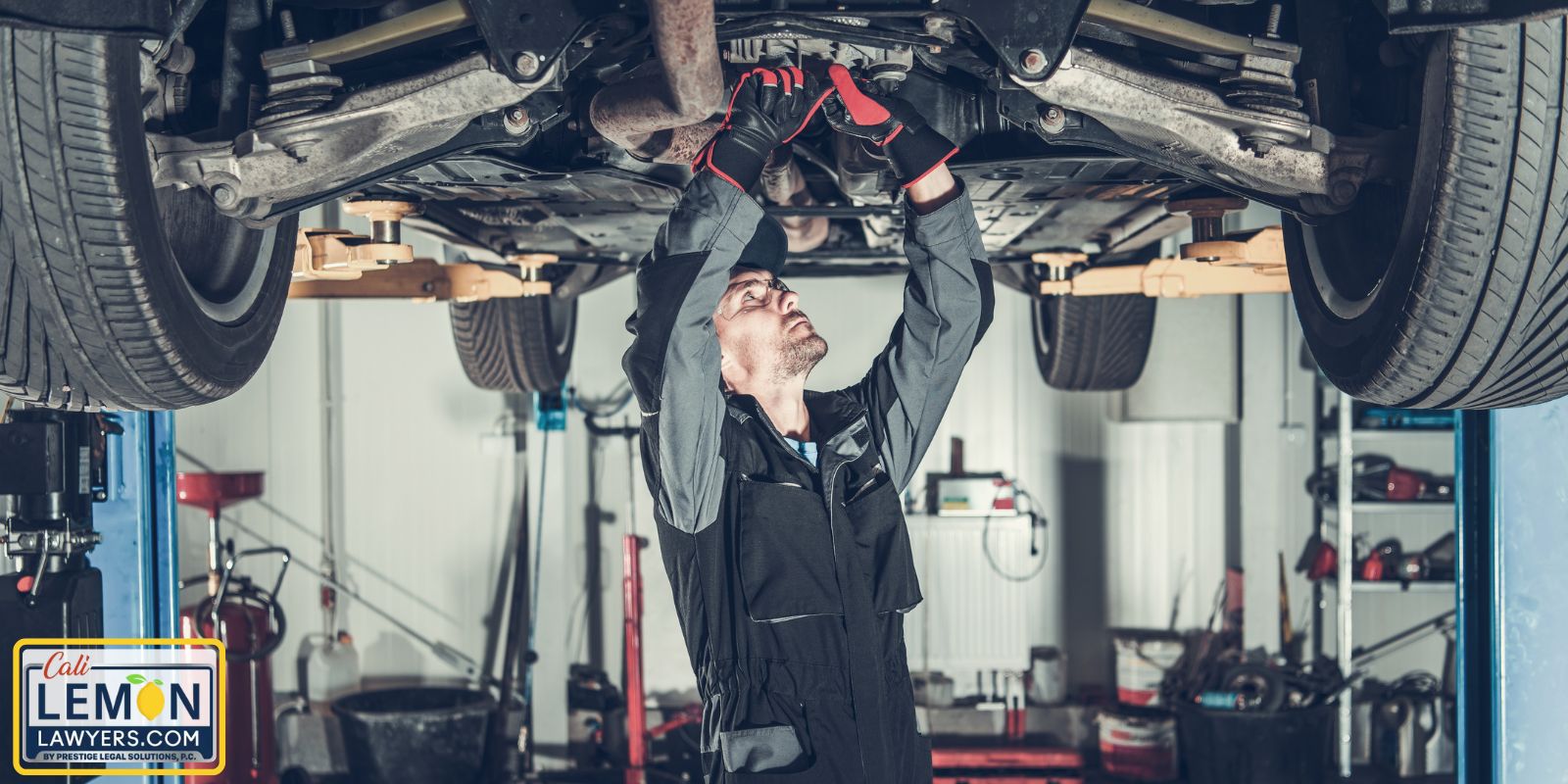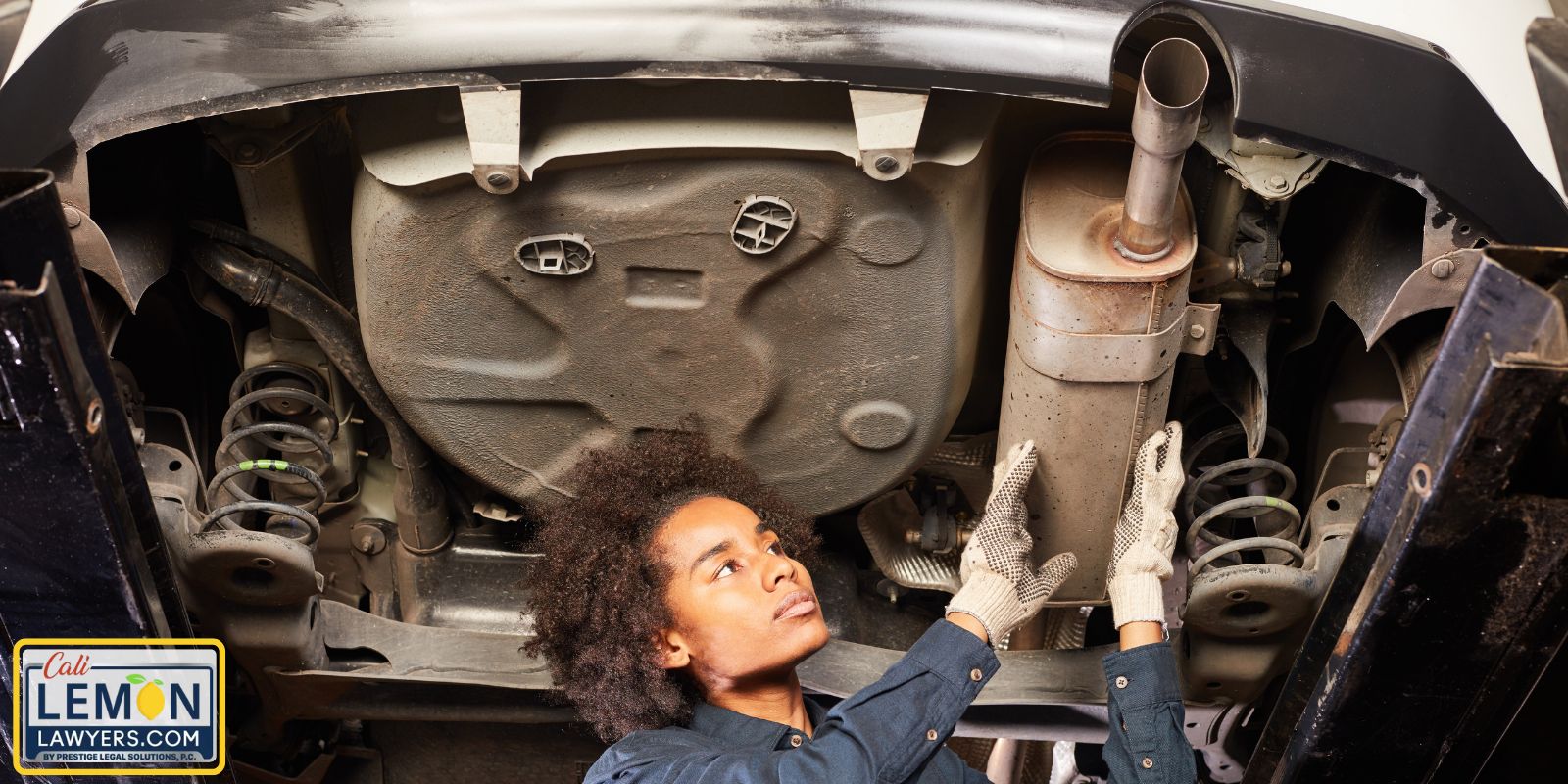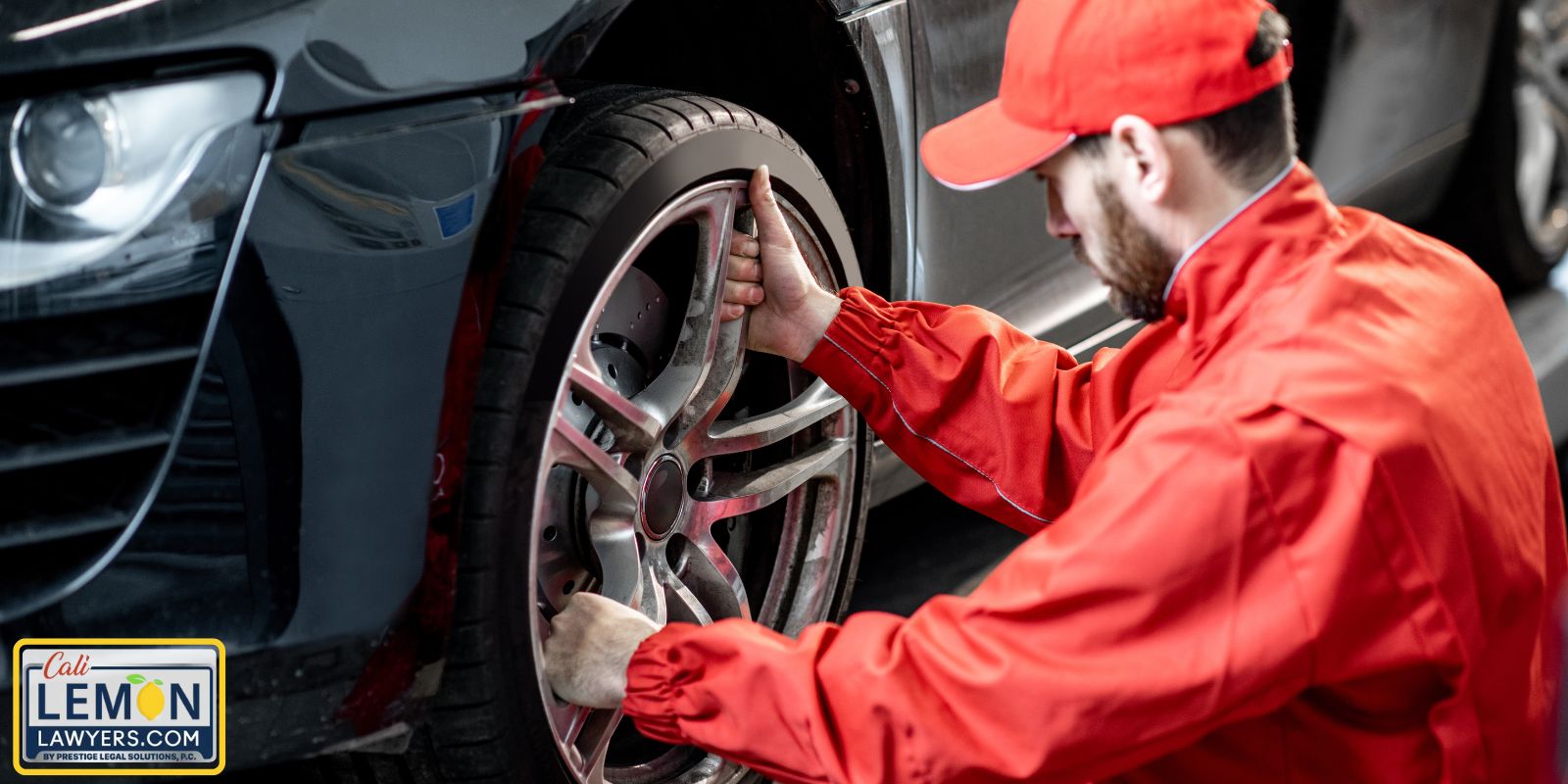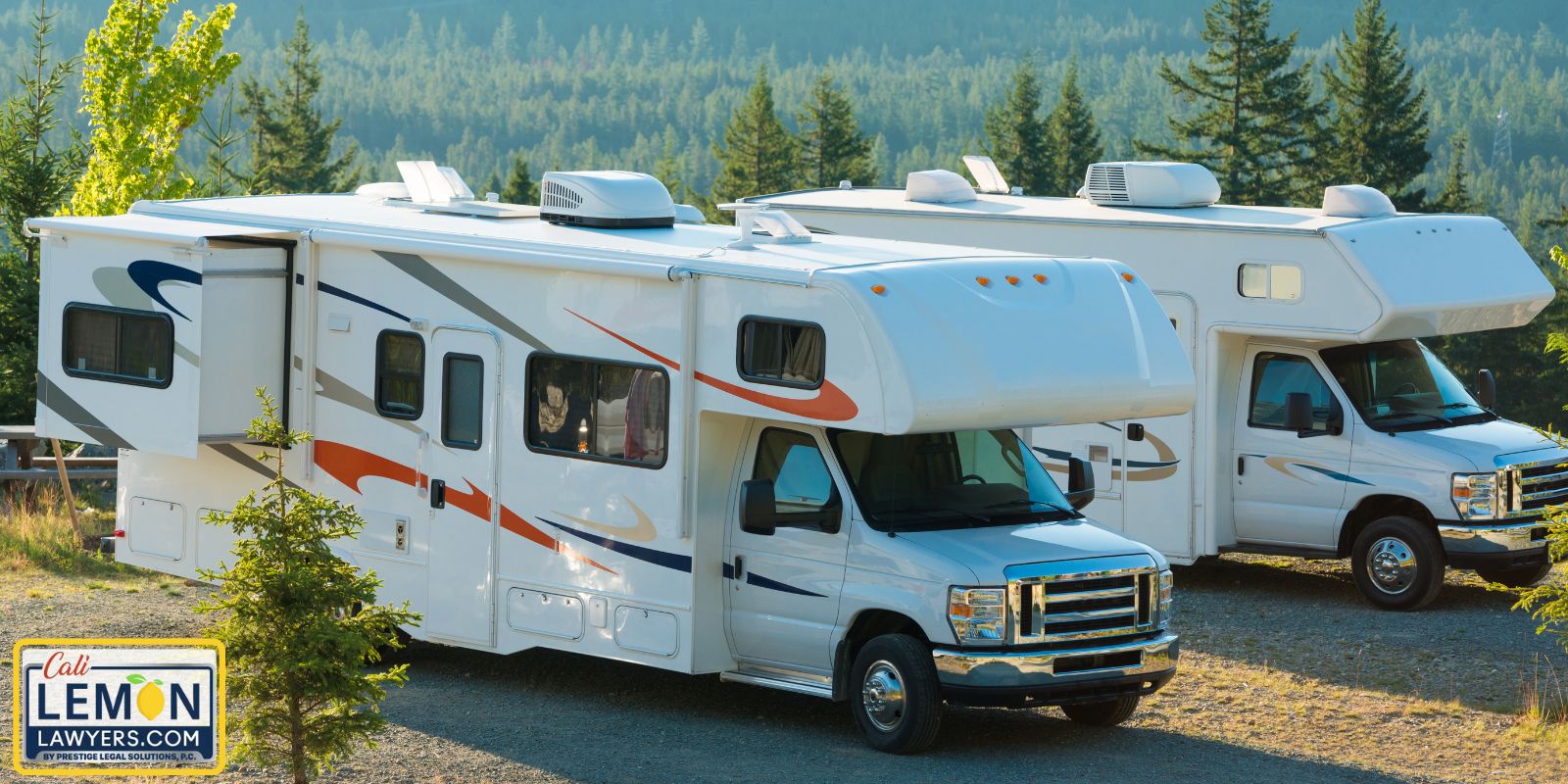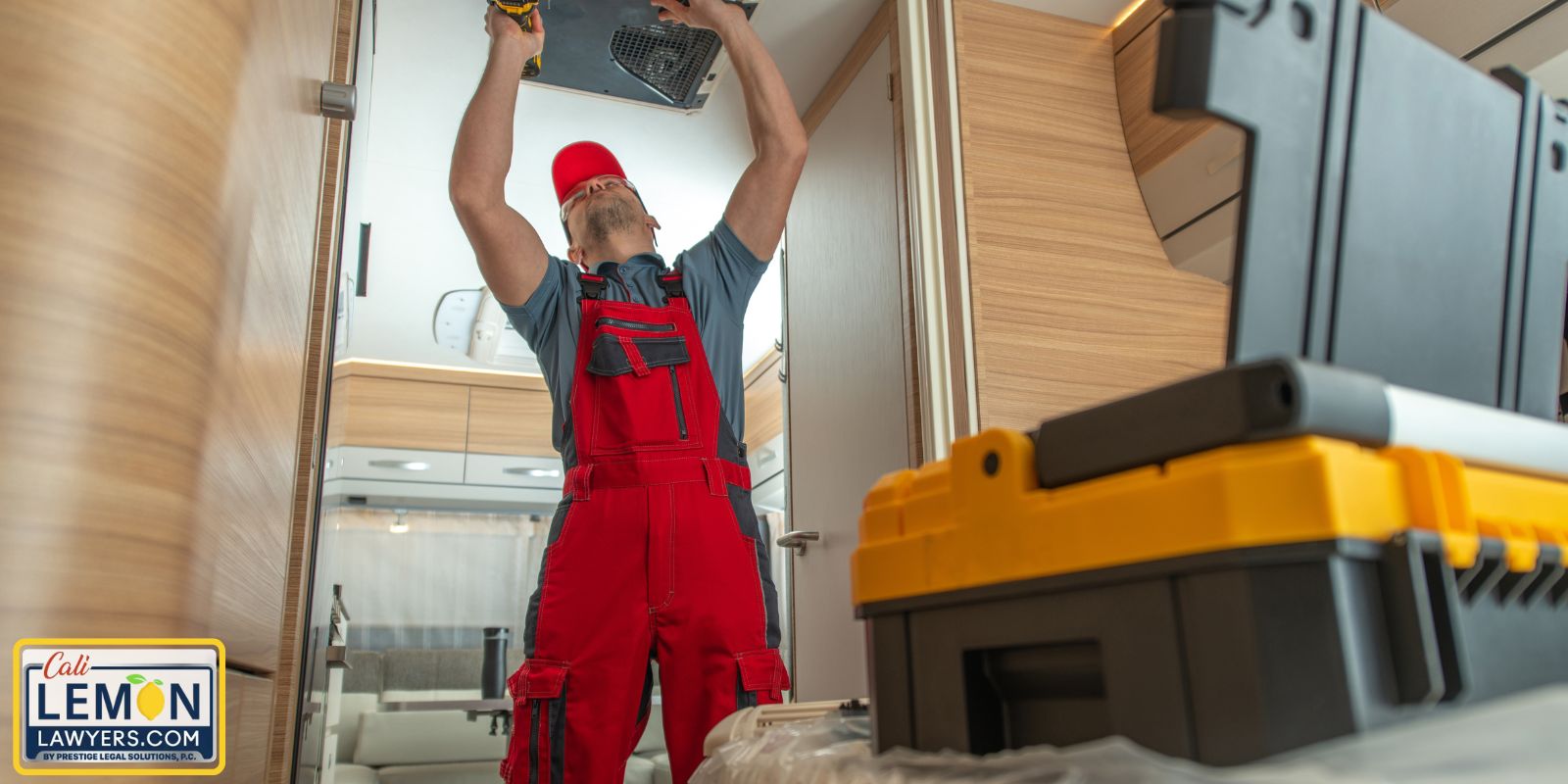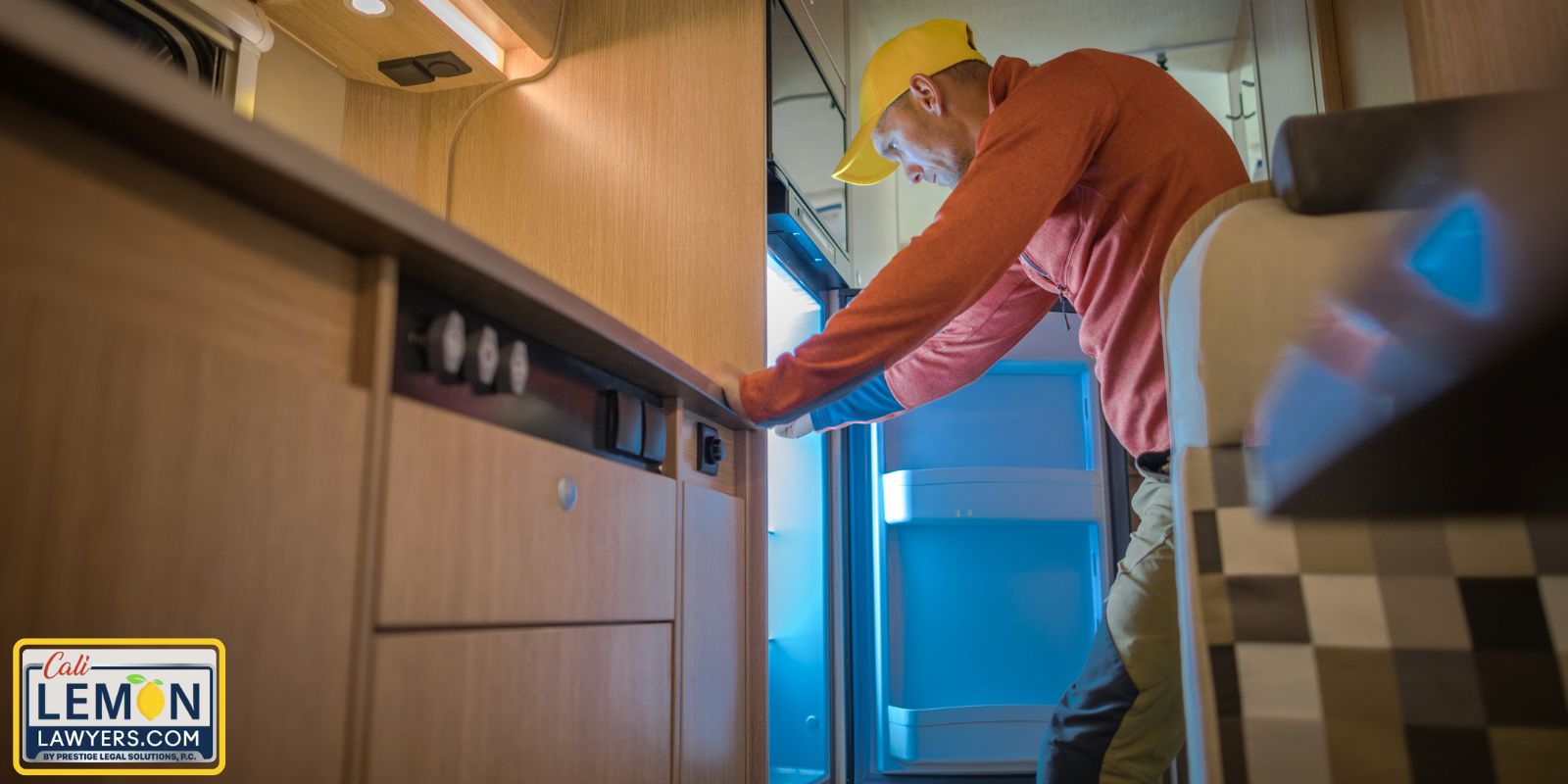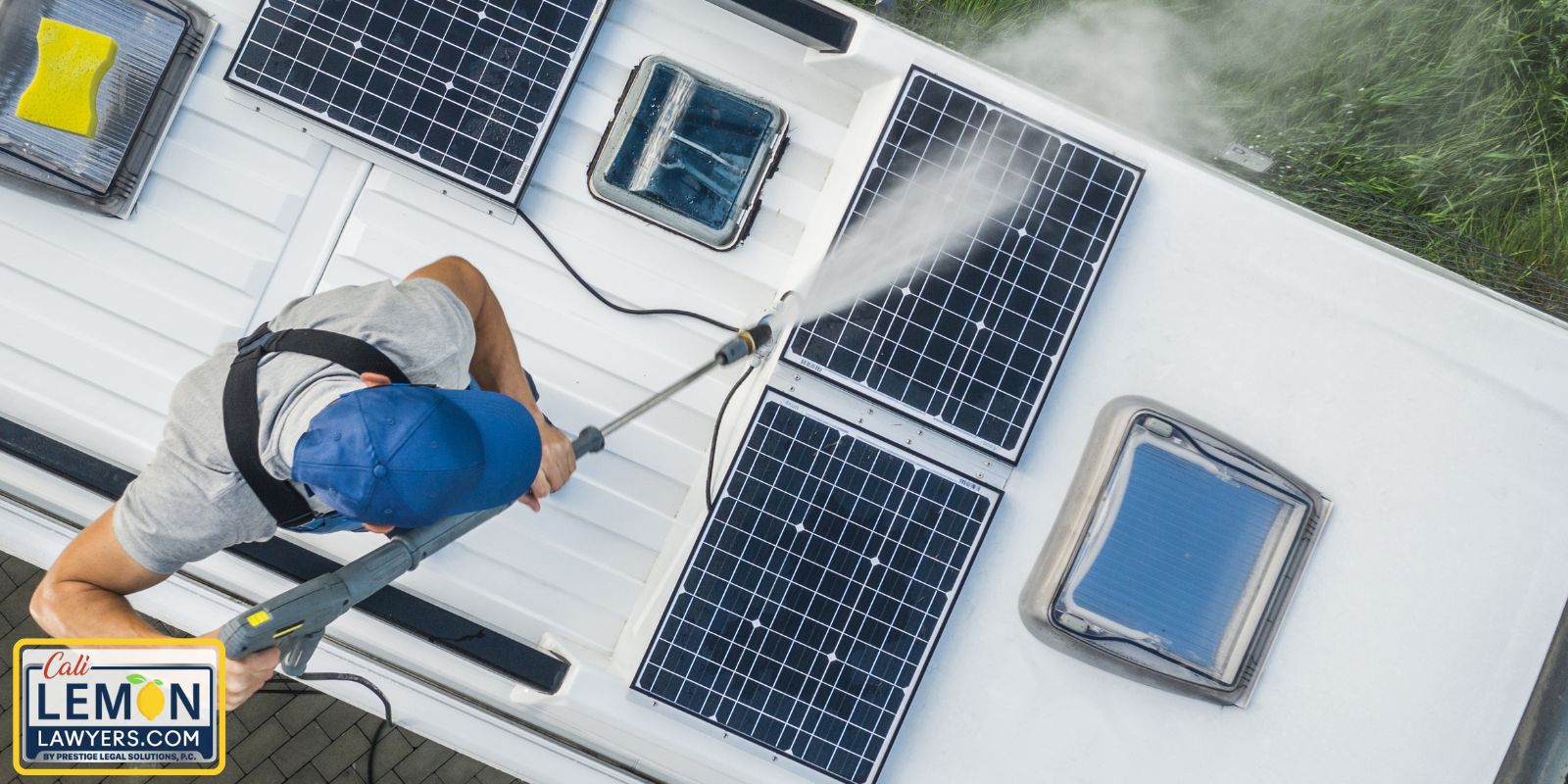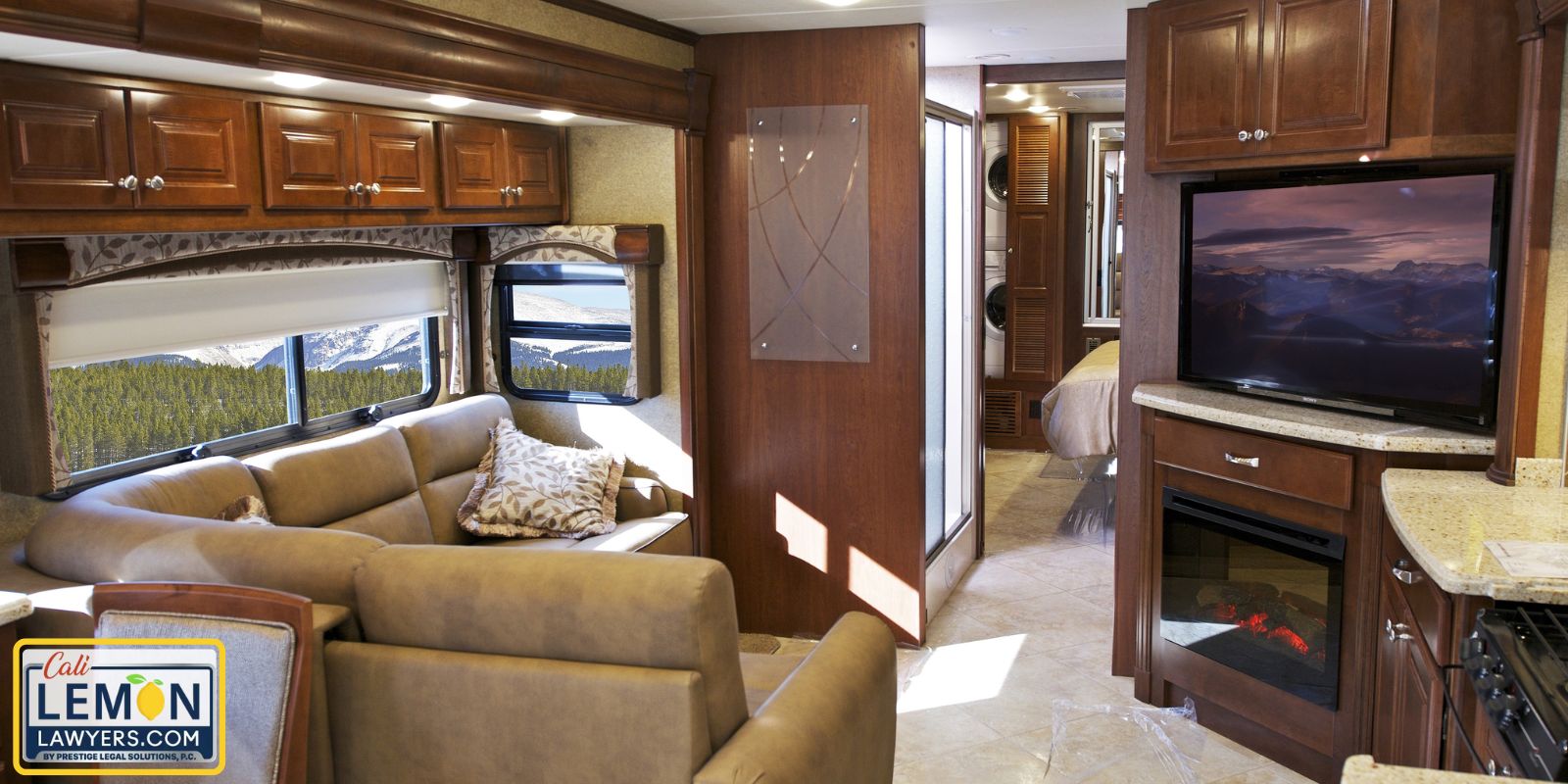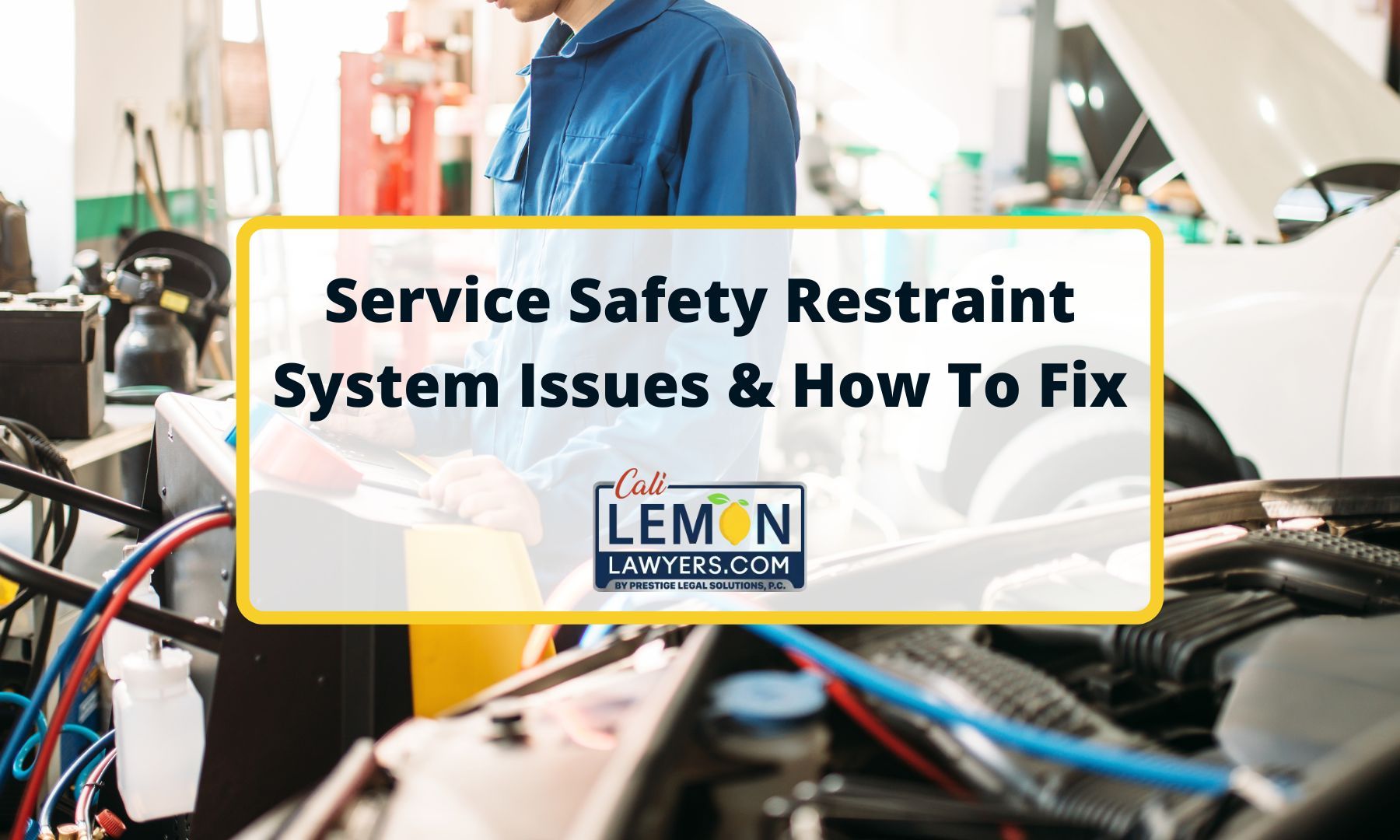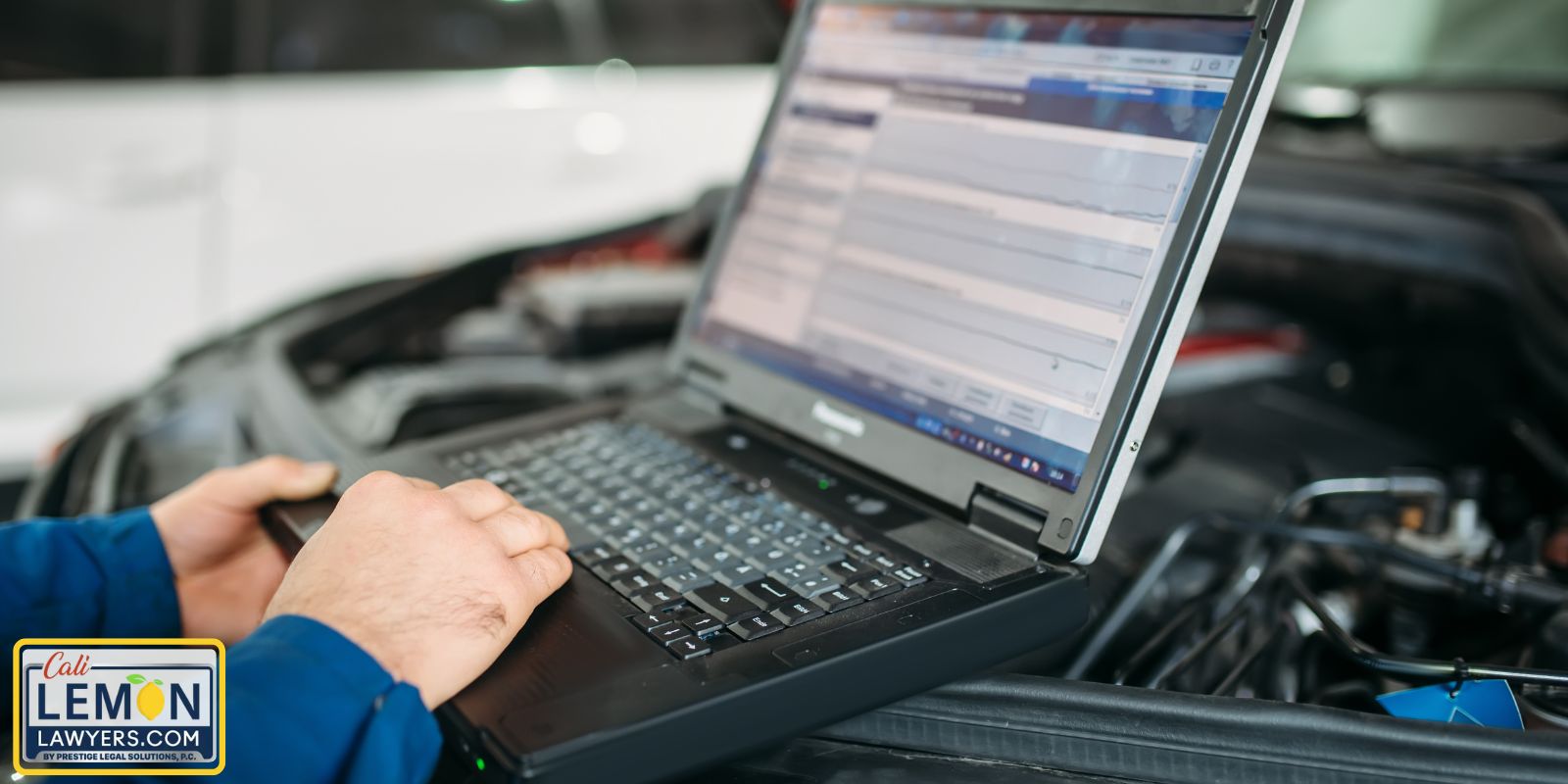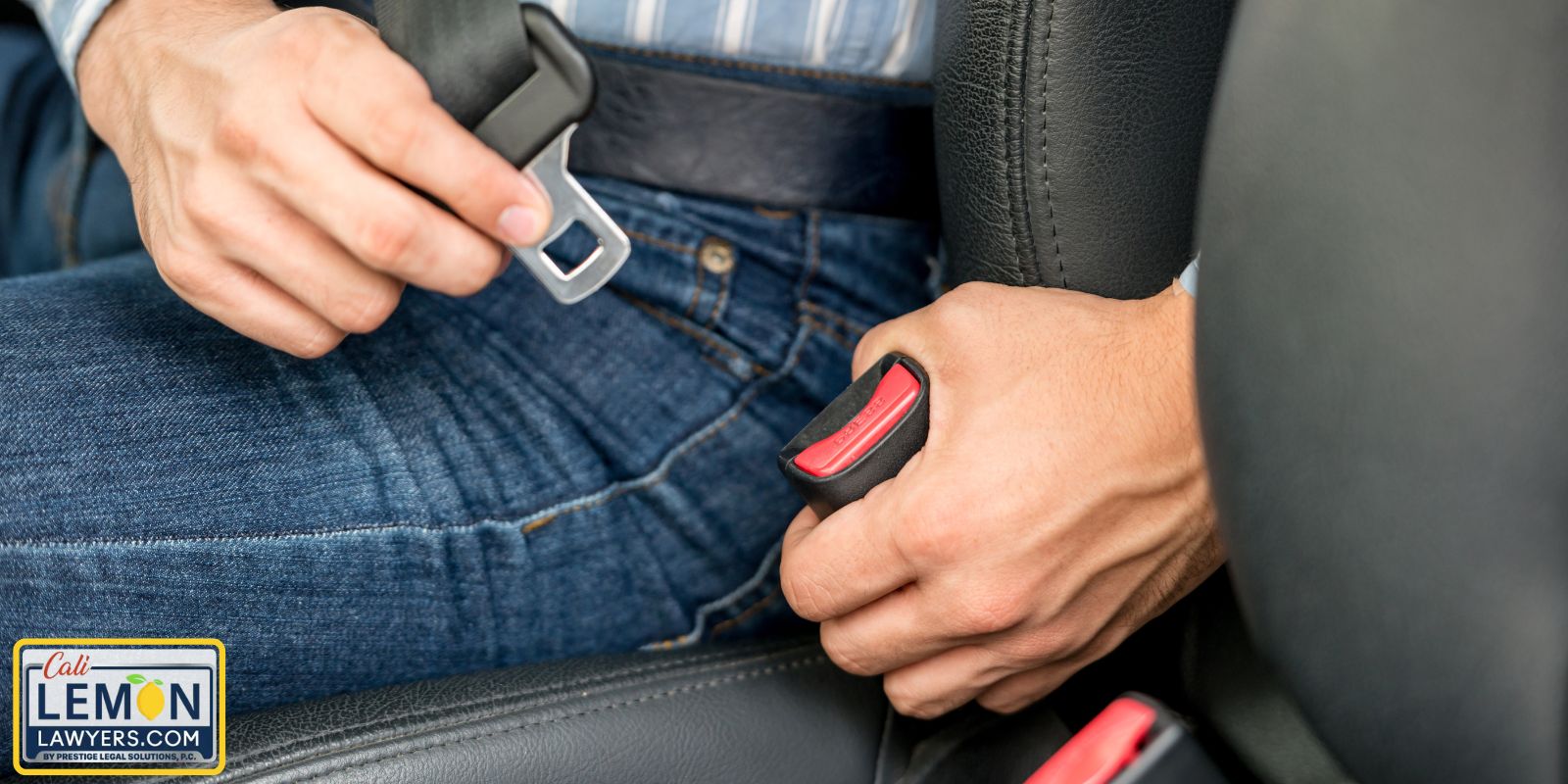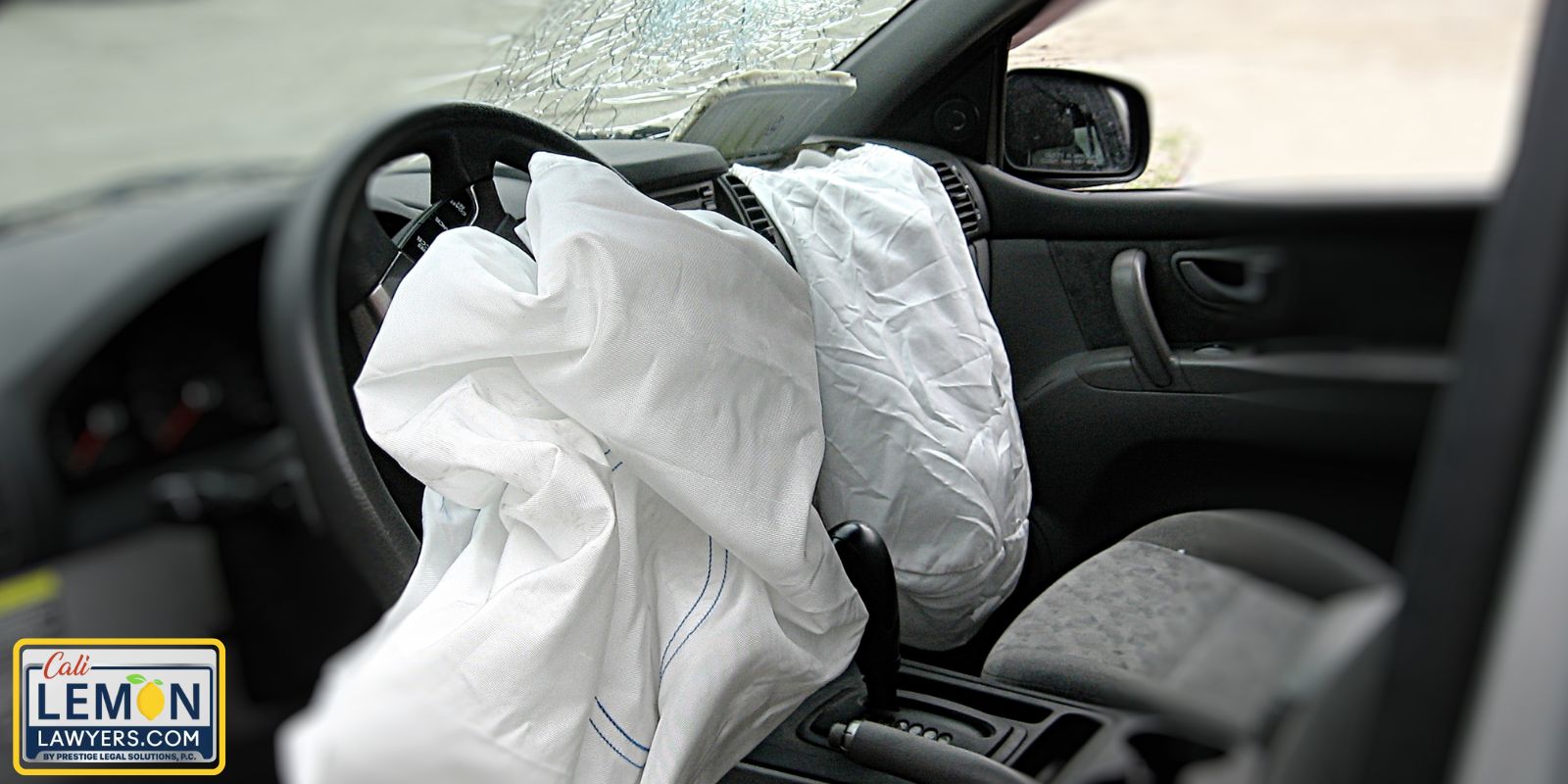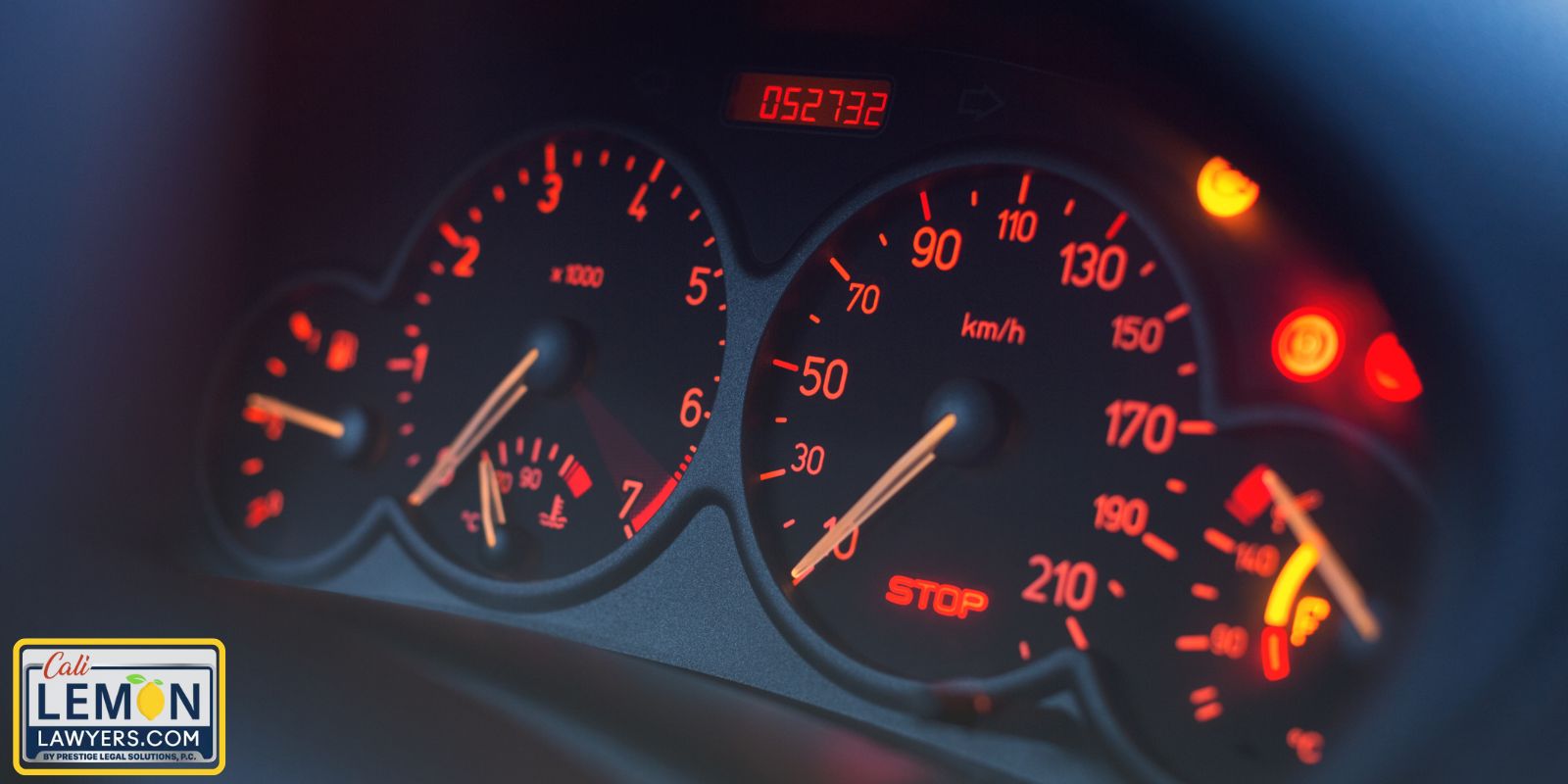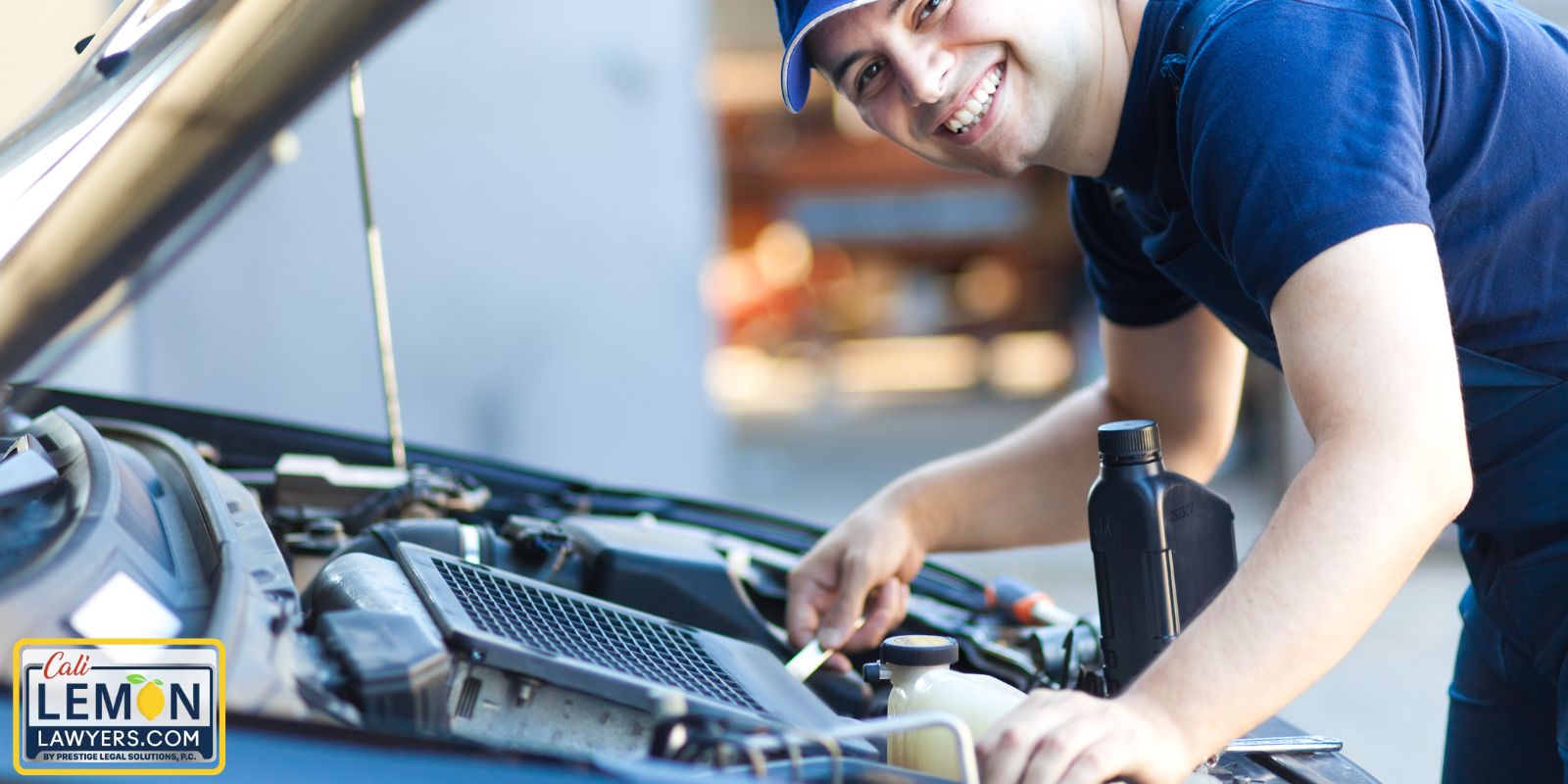Can a Dealership Sell an Unsafe Vehicle?
When purchasing a vehicle, consumers trust that the car dealership will provide them with a safe and reliable product.
Selling an unsafe vehicle is generally prohibited and considered unethical and illegal in California.
Dealerships have a duty to make sure that the vehicles they sell meet certain safety standards and are in optimal, roadworthy condition.
Selling an unsafe vehicle can lead to serious consequences, including legal penalties and damage to the dealership’s reputation.
Buying from a dealership is not an absolute guarantee that the car will be in great condition. It’s possible to buy an unsafe vehicle with defects from a car dealership. In such cases, you need to understand your legal rights and entitlements regarding the lemon law and how to file a claim for compensation.
If you’ve purchased an unsafe vehicle from a dealership, we can help you receive compensation at no cost to you. Contact Cali Lemon Lawyers today! ¿Hablas Español? Contáctenos ahora para recibir más información.
This article will explore the legal framework governing vehicle sales, important questions to ask at a dealership, and the rights that guide customers’ purchases.
What are the Federal Laws Regulating Vehicle Sales in California?
There are a complex set of federal and state laws and regulations governing the sale of vehicles and the responsibilities of car dealers. These laws and regulations aim to protect consumers from unsafe vehicles and to promote fair and competitive sales practices.
The primary federal laws governing vehicle sales are:
- The National Traffic and Motor Vehicle Safety Act (Safety Act)
- The Magnuson-Moss Warranty Act, and
- The Consumer Product Safety Commission (CPSC)
In addition to federal laws, each state may have its own laws and regulations governing the sale of vehicles. These laws can vary from state to state, so it is important to be aware of the laws in your state before you make a car purchase.
1. The National Traffic and Motor Vehicle Safety Act
Enacted in 1966, the Safety Act authorizes the National Highway Traffic Safety Administration (NHTSA) to set federal safety standards for motor vehicles and motor vehicle equipment. The NHTSA’s standards cover a wide range of safety features, including brakes, airbags, seat belts, etc. The Safety Act also gives the NHTSA the authority to recall vehicles that are defective.
2. The Magnuson-Moss Warranty Act
The Magnuson-Moss Warranty Act, enacted in 1975, establishes minimum standards for warranties on consumer products, including vehicles. The Act requires manufacturers, car dealerships, and warranty companies to write warranties in plain language and that consumers have certain rights, such as the right to have a defective product repaired or replaced or the right to choose whether their car will be serviced at the dealership.
3. The Consumer Product Safety Commission
The CPSC does not specifically regulate car dealers. Rather, they have a role in overseeing the safety of car parts. The CPSC sets standards for the safety of motor vehicle equipment, such as child safety seats and tire pressure monitoring systems.
For example, when a manufacturer discovers that a vehicle it has produced contains a safety defect that could pose a risk to consumers, the next thing to do is notify the CPSC and work with the agency to develop a recall plan.
The CPSC then helps to publicize the recall and ensure that affected vehicles gets repaired or replaced as quickly as possible.
State Laws Governing Vehicle Sales in California
In California, the California Lemon Law protects people who buy or lease cars in California with an active manufacturer’s warranty. Under the California Lemon Law, a manufacturer or car dealership may be required to refund, buy back, or replace your leased car if they’re unable to repair a problem after a “reasonable” number of repair attempts have been made or does not meet its obligations under the warranty.
Also, individuals and businesses who sell vehicles, whether new or used cars, are generally required to obtain a license from the California Department of Motor Vehicles (DMV). This includes new car dealers, used car dealers, and auto brokers.
What is a “Lemon”?
A “lemon” is a vehicle that has a substantial defect that persists after a reasonable number of repair attempts. Lemon laws are designed to protect consumers who buy this kind of vehicle. These laws vary from state to state, but they typically require manufacturers to refund or replace lemons.
To prove that your car is a lemon, you will need to show that:
- The vehicle has a substantial defect
- No repair reflected on the defect after a reasonable number of attempts
- You have given the manufacturer a reasonable opportunity to repair the defect
- The dealership has your car for more than one month
If you are successful in your lemon law claim, you may be able to get the manufacturer to:
- Repurchase the vehicle
- Replace the vehicle
- Refund your purchase price
- Pay your legal fees
If you think your car is a lemon, you should contact your state’s consumer protection agency.
Fortunately, the California Lemon Law helps you to seek a refund, replacement, or compensation if your vehicle qualifies as a lemon.
Schedule a free consultation with an experienced lemon law attorney at Cali Lemon Lawyers to evaluate your car and provide expert guidance on pursuing the compensation you deserve.
What Cars are Covered by Lemon Laws in California?
The Lemon Law in California applies to both new and used vehicles that are sold with a written warranty. Here are key aspects that the CA Lemon Law covers:
New and Used Vehicles
The Lemon Law covers both new and used vehicles, as long as they are sold with an active warranty. This includes cars, trucks, SUVs, motorcycles, and certain motorhomes.
Defective Vehicles
The law covers vehicles with substantial defects or issues that significantly affect their use, value, or safety and that occur within a certain timeframe or mileage limit.
Warranty Period
The Lemon Law applies during the manufacturer’s warranty period, which is typically the first 18,000 miles of operation or within the first 18 months after the vehicle’s delivery to the buyer, whichever comes first.
Ethical Considerations in Selling Vehicles
Customers are more likely to trust a car dealer that is transparent and honest, and they are more likely to return to these dealerships for future purchases. On the other hand, dealerships that engage in unethical practices can quickly damage their reputation and lose customers.
There are specific ethical considerations to look out for when reaching out to a dealership. Some of them are:
1. Transparency and Honesty
Dealerships have a responsibility to be transparent and honest with customers about the condition of the vehicles they are selling. This includes disclosing all known mechanical problems, as well as any history of accidents or repairs. They should also clearly communicate warranty information, if applicable, and avoid deceptive advertising practices to be sure that marketing materials accurately represent the vehicles for sale.
2. Fair Pricing
The pricing practices should be transparent and consistent, avoiding hidden fees or deceptive pricing tactics. They should also inform the customers of all costs involved in the purchase, including taxes, registration fees, and dealer add-ons.
3. Respectful Customer Interactions
Dealerships should treat customers with respect and courtesy, actively listening to their needs and concerns. They should avoid condescending attitudes and should strive to provide a positive and welcoming customer experience.
4. Adherence to Laws and Regulations
Dealerships must comply with all applicable laws and regulations governing vehicle sales, financing, and consumer protection. They should avoid deceptive practices, false advertising, and any actions that violate consumer rights.
5. Informed Buyer Consent
Car dealers should see to it that buyers fully understand the terms of the sale, including financing details and any additional products or services offered. They should also obtain clear and informed consent before adding optional features, warranties, or financing arrangements.
6. Post-Sales Support
Especially for a used car dealership, a car dealer should offer reliable after-sales support, including assistance with warranty claims, service, and maintenance. They also address customer concerns promptly and transparently.
Understanding Vehicle Safety
Cars are becoming increasingly equipped with safety features that can help keep the drivers and the vehicles safe. While you may be familiar with some of these features, others may be less well-known. It’s important to note that not all cars have the same safety features, so be sure to check your owner’s manual to fully understand what your car’s safety features are.
There are also many advances in vehicle safety technology and a number of features that are standard on most new vehicles that can help to prevent accidents and injuries. These include:
- Airbags
- Anti-lock brakes (ABS)
- Electronic stability control (ESC)
- Seatbelts
- Autonomous emergency braking (AEB)
- Lane departure warning (LDW)
- Blind-spot monitoring (BSM
- Adaptive cruise control (ACC)
How to Identify Unsafe Vehicles
As a car owner, you need to be aware of the signs that may indicate a vehicle is unsafe to operate. These signs can range from obvious physical damage to more subtle mechanical issues.
By being aware of these red flags, you can make informed decisions about the safety of the vehicles you purchase and drive.
Here are some key signs that may indicate a vehicle is unsafe to operate:
a. Visible Damage
A thorough inspection of the vehicle’s exterior can reveal signs of physical damage that could compromise its structural integrity or safety features. Check for dents, cracks, or rust on the body panels, frame, and undercarriage.
b. Dashboard Warning Lights
The dashboard is a vital communication center for your vehicle as it provides information about its various systems and highlight potential issues. Do not ignore the warning lights on the dashboard; they may indicate a malfunctioning safety system. These lights could signal problems with airbags, anti-lock brakes (ABS), electronic stability control (ESC), or other crucial safety features.
c. Unusual Noises or Vibrations
During operation, your vehicle should produce smooth sounds and operate without excessive vibrations. Any unusual noises or vibrations could indicate a mechanical problem that could affect vehicle control or safety, especially for used vehicles. For instance, clunking sounds from the suspension could suggest worn or damaged components, while grinding noises from the brakes might indicate worn brake pads or rotors.
d. Recall History
Vehicle manufacturers may issue safety recalls when they identify defects or flaws in their products that pose a safety risk to consumers. Recalls typically involve specific vehicle models and production years.
If you are considering a used car purchase, it’s crucial to check its recall history to address all outstanding recalls. The NHTSA provides a database of recalls that you can search by the vehicle identification number (VIN).
e. Safety Ratings
Check the safety ratings of the vehicle from reputable sources, such as the NHTSA or the Insurance Institute for Highway Safety (IIHS). These organizations conduct crash tests and evaluate vehicle safety based on various criteria.
f. Test Drive:
With a thorough test drive, assess the vehicle’s performance. Listen for abnormal sounds, evaluate handling, and pay attention to how the vehicle responds to acceleration and braking.
10 Likely Questions to Ask at a Dealership
There are specific questions you should ask at a dealership, even after the purchase. These questions helps you to gather comprehensive information about the car, its condition, history, pricing, and financing options. They also help you to make an informed decision that aligns with your needs and budget. Here are 10 likely questions to ask at a dealership and what they mean:
- What is the out-the-door price (total price of the car including all taxes, fees, and any other additional costs).
- Are there any discounts or incentives available?
- What is the dealership’s return policy?
- Is the car a certified pre-owned vehicle?
- What is the car’s history?
- Can I take the car for a test drive?
- Can I have the car inspected by an independent mechanic?
- What are the terms of the warranty?
- What is the trade-in value of my current car?
- What are the dealership’s service and repair options?
Recommended Steps to Take If You Buy An Unsafe Vehicle
If you believe the vehicle you bought is unsafe, it is important to take action immediately to protect your safety and rights. Some of the recommended steps include:
1. Gather Evidence
Collect any documentation related to the vehicle purchase, including the sales contract, maintenance records, and any communication with the dealership. If possible, take photos or videos of any visible damage or safety defects.
2. Contact the Dealership
Inform the dealership about your concerns regarding the vehicle’s safety. Provide them with the evidence you have gathered and request that they address the issue promptly.
3. Inspect with an Independent Qualified Mechanic
Have the vehicle inspected by a qualified independent mechanic to document any safety defects or mechanical problems. The mechanic’s report can serve as valuable evidence in your case.
4. Report the Issue to Relevant Authorities
Contact the National Highway Traffic Safety Administration (NHTSA) to report the unsafe vehicle. You can also leverage the California Lemon law to file a lemon law claim through a lemon law attorney to get the compensation due to you.
5. Consult with an Attorney
If the dealership is unwilling to cooperate, consider seeking legal counsel from an experienced auto fraud attorney who specializes in consumer protection law.
Conclusion
By knowing your rights as a consumer and taking proactive measures as discussed in this article, you can minimize the risk of purchasing an unsafe vehicle or a lemon. If you suspect you may have purchased a lemon, don’t hesitate to seek legal counsel.
At Cali Lemon Lawyers, we have handled thousands of lemon law claims. We’ve represented used car buyers and recovered millions of dollars for our clients. We’re here to help you understand your rights and pursue the compensation you deserve.
Schedule a free consultation with us so we can assess your case and provide you with right guidance.







